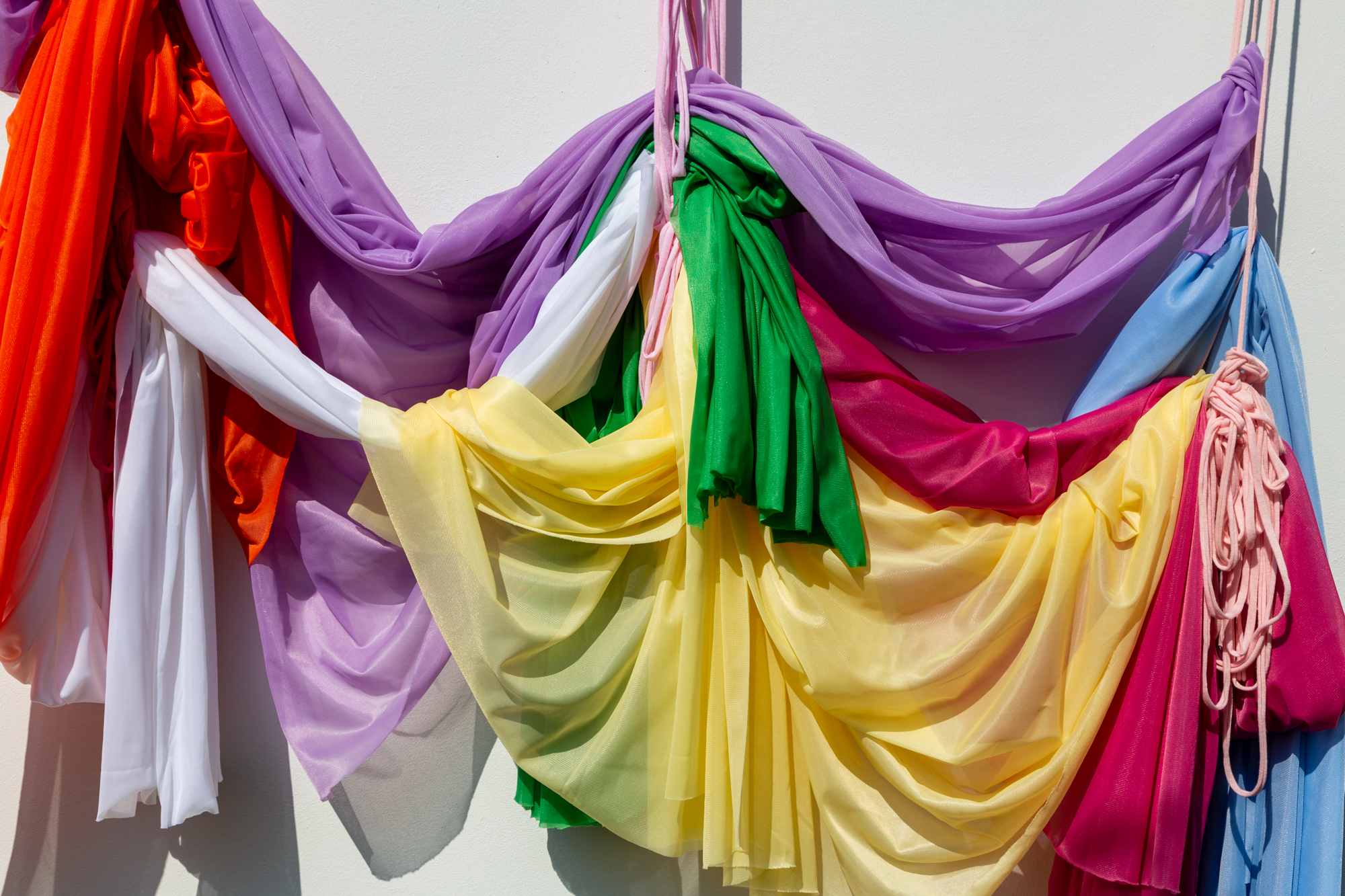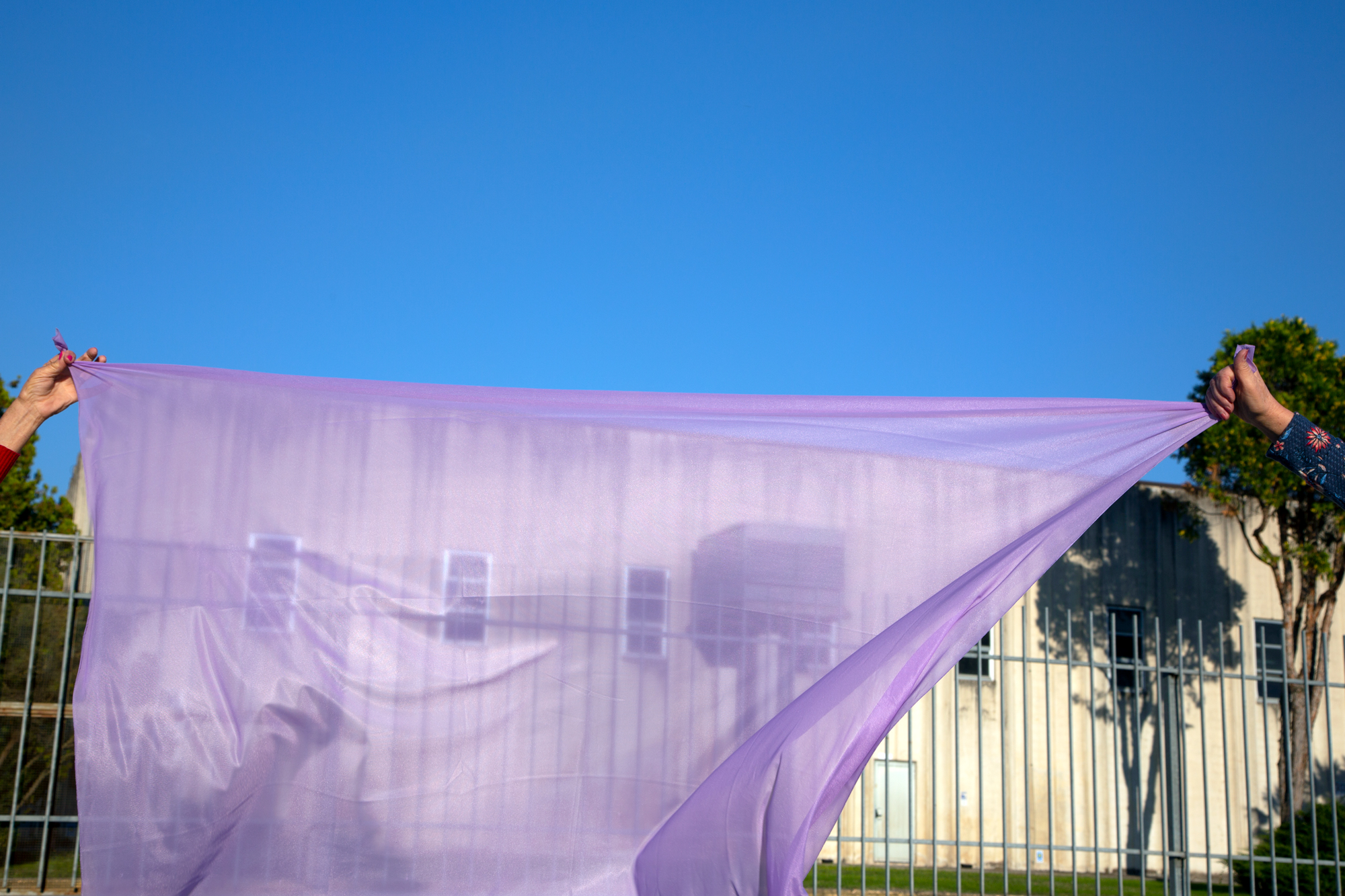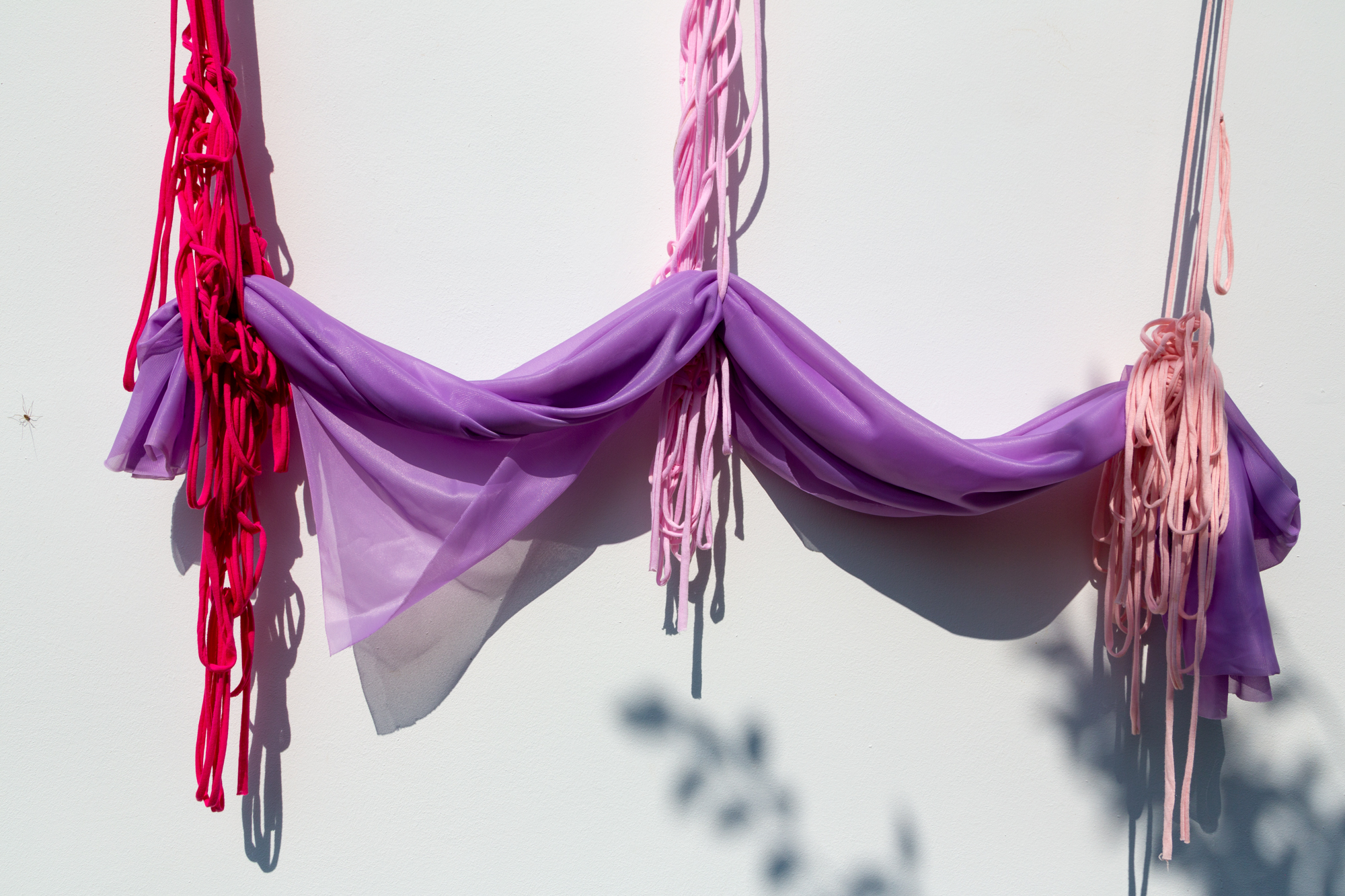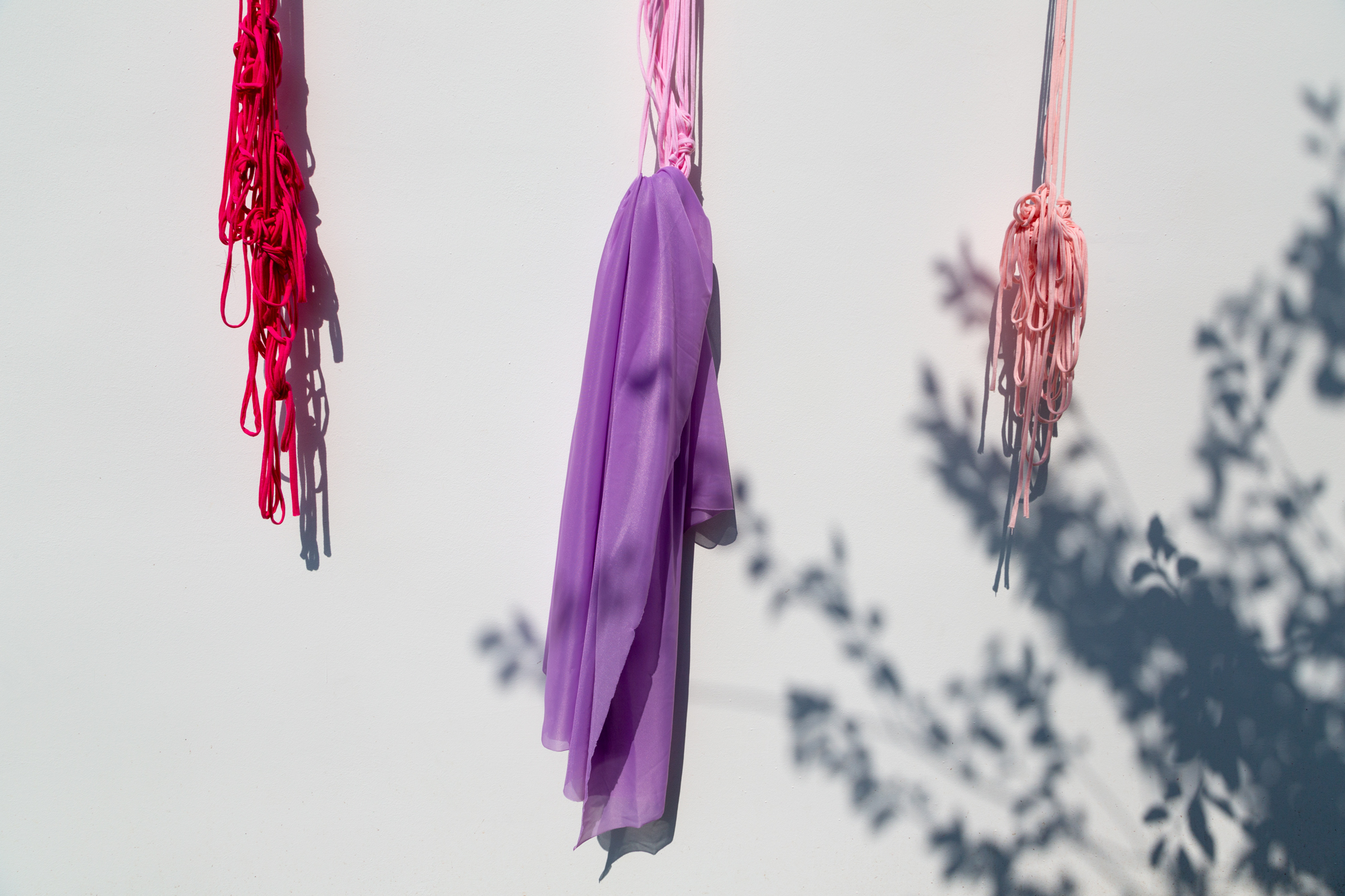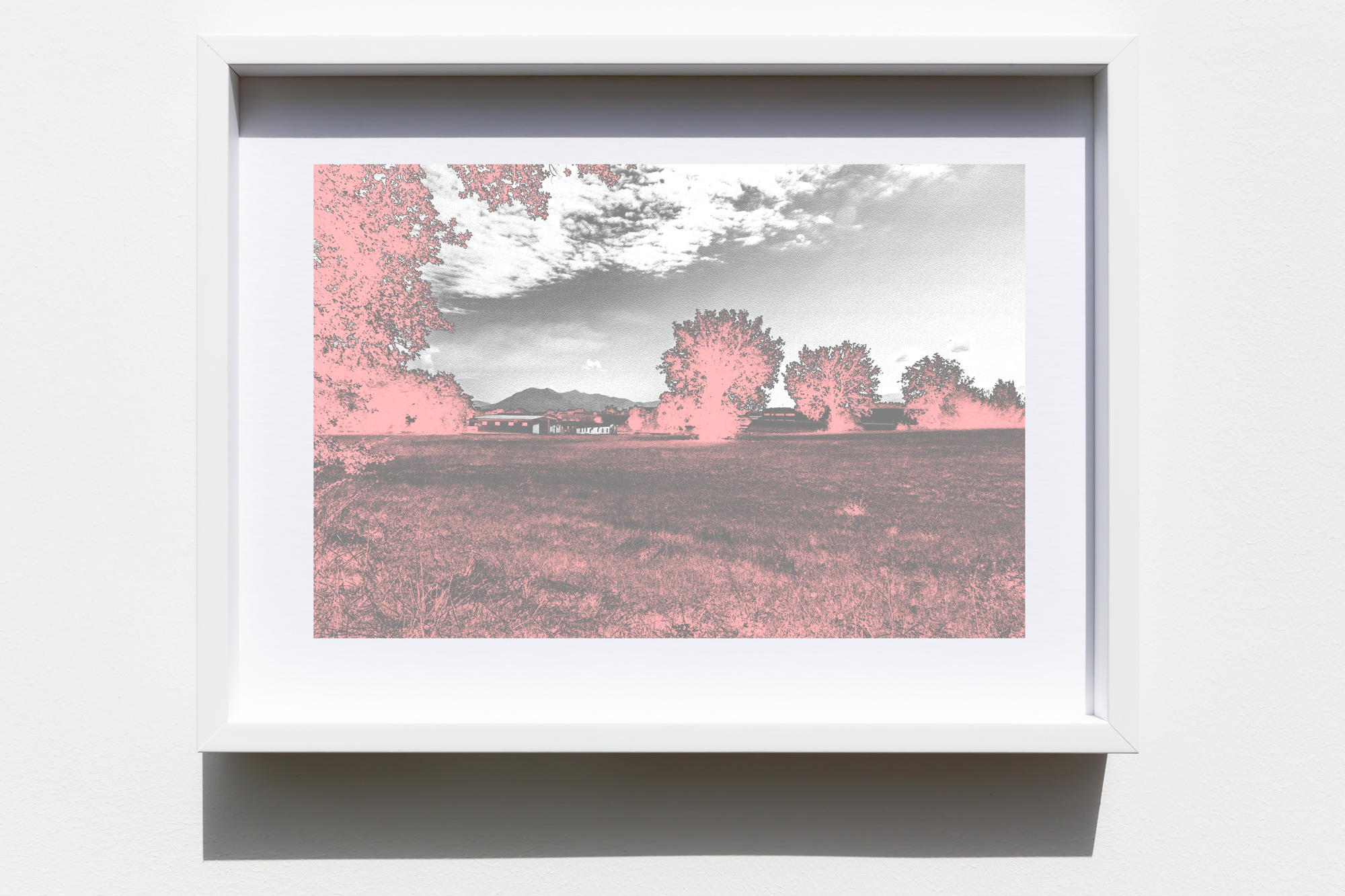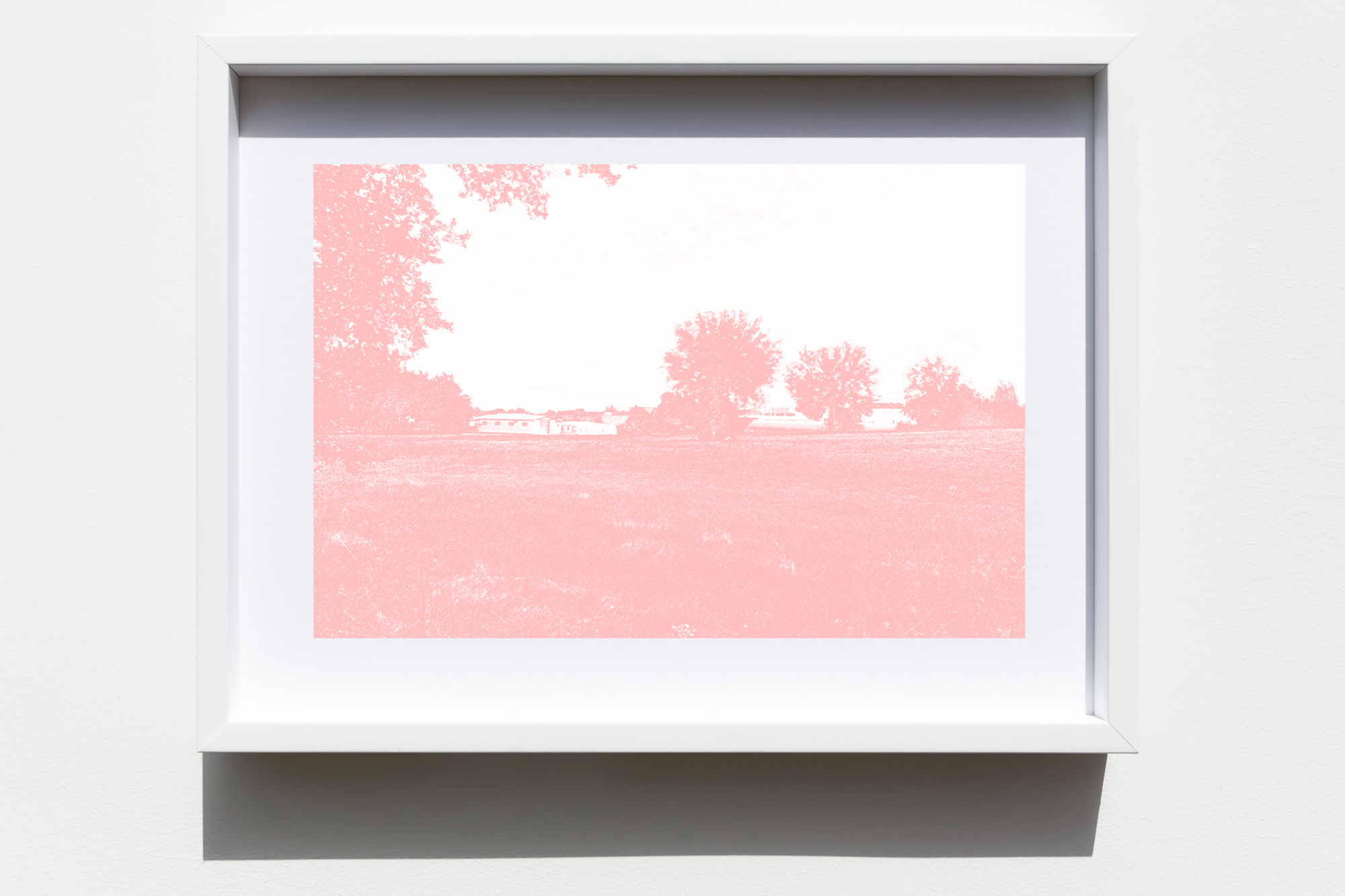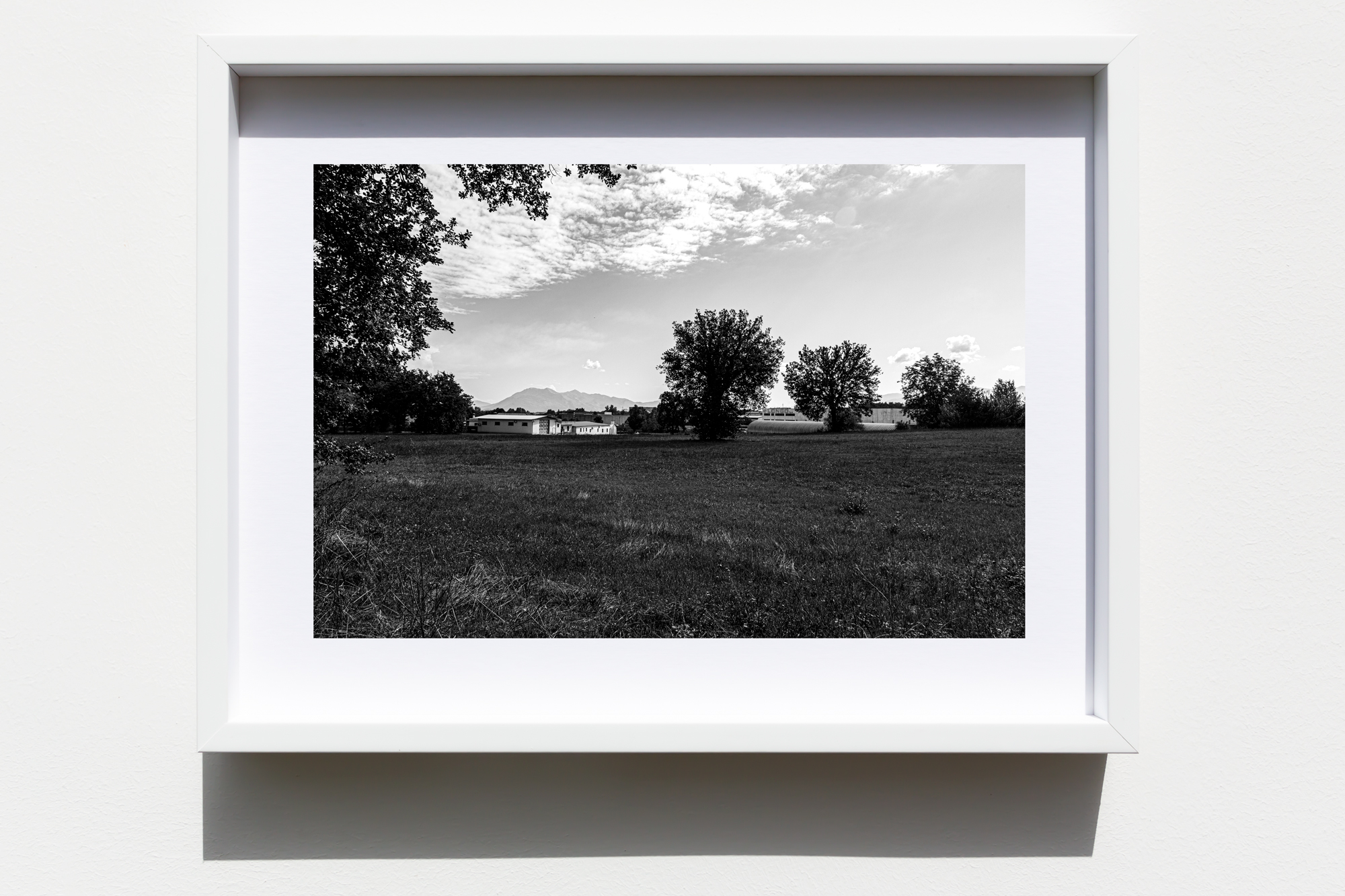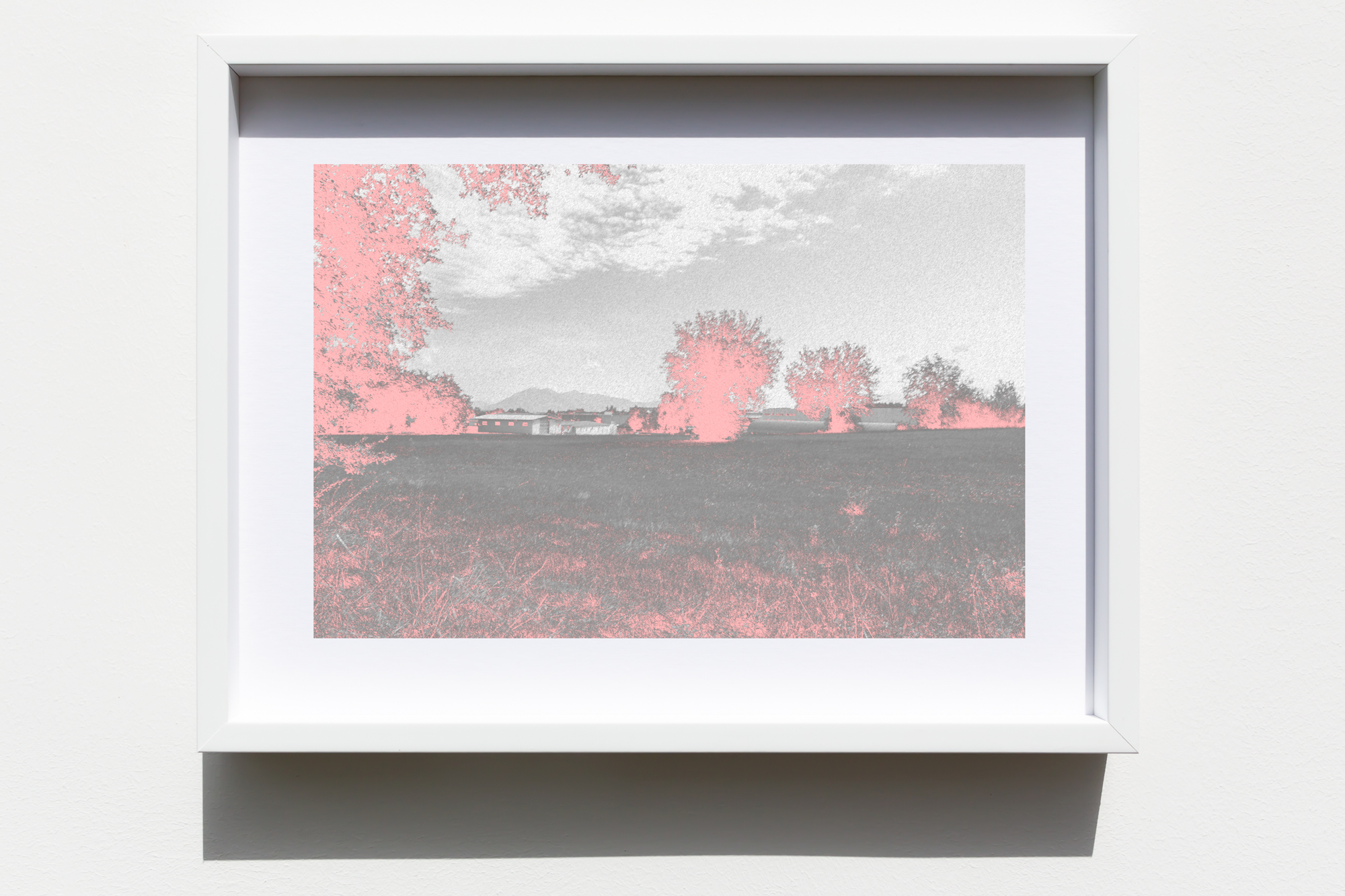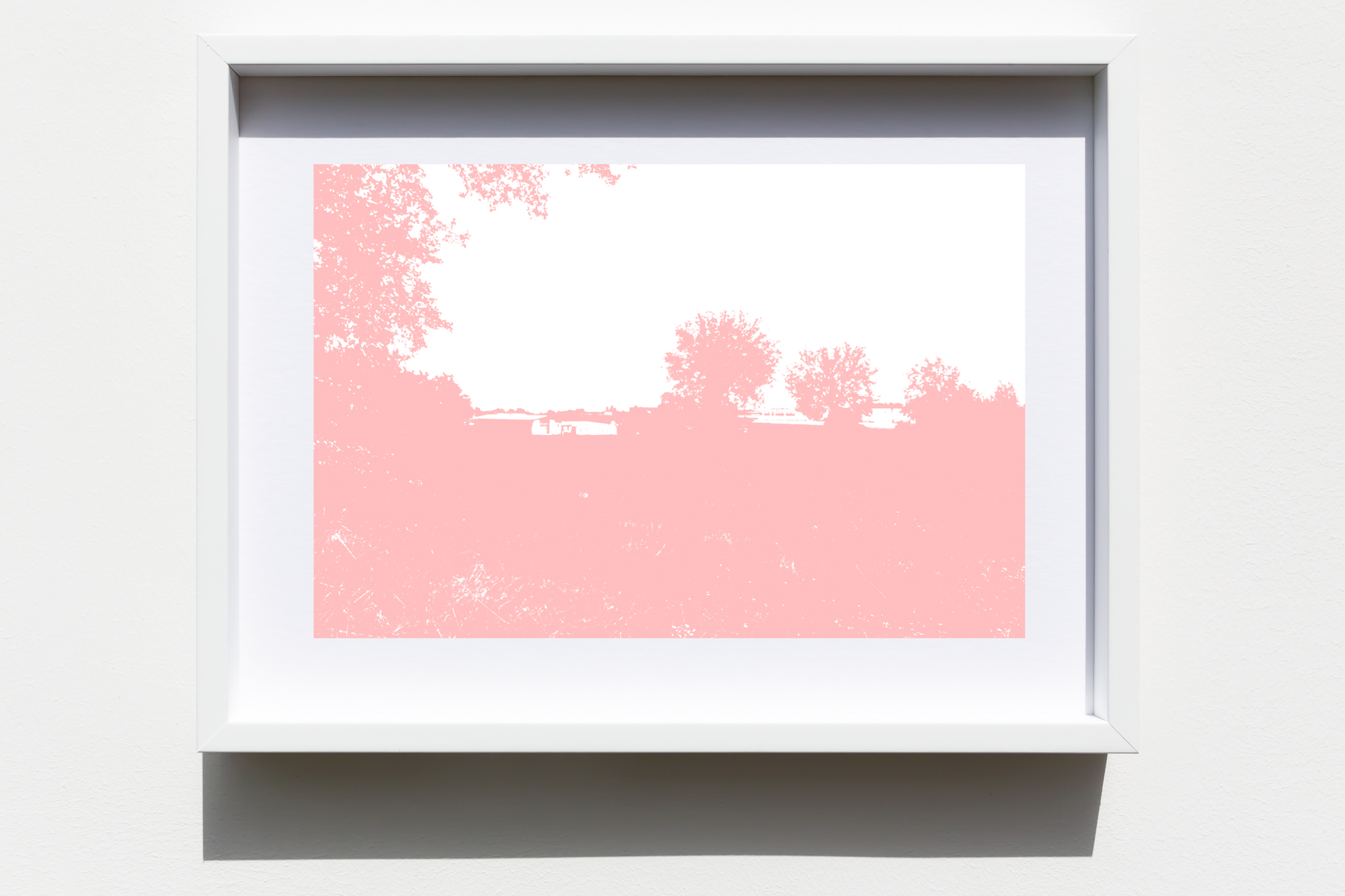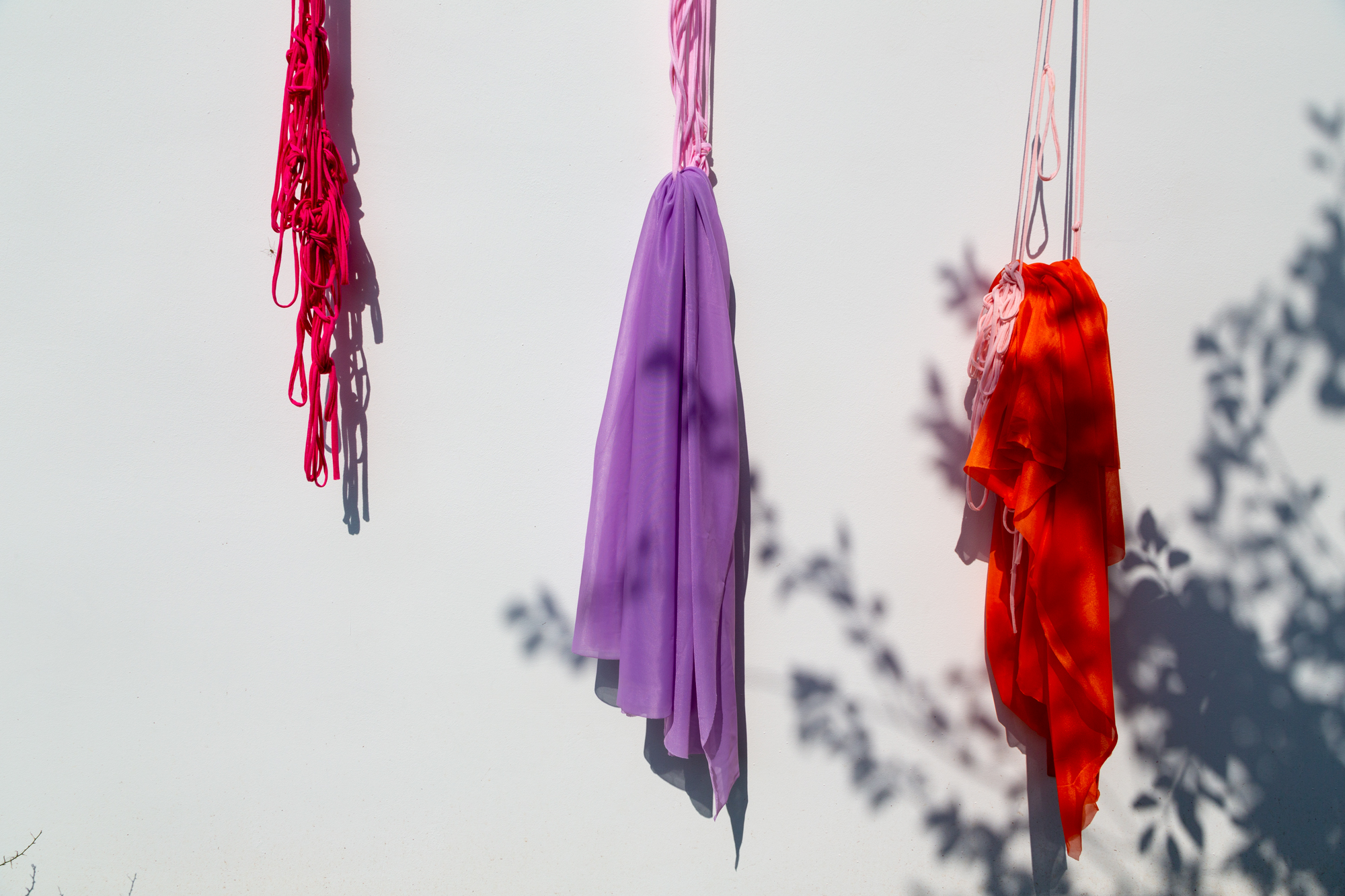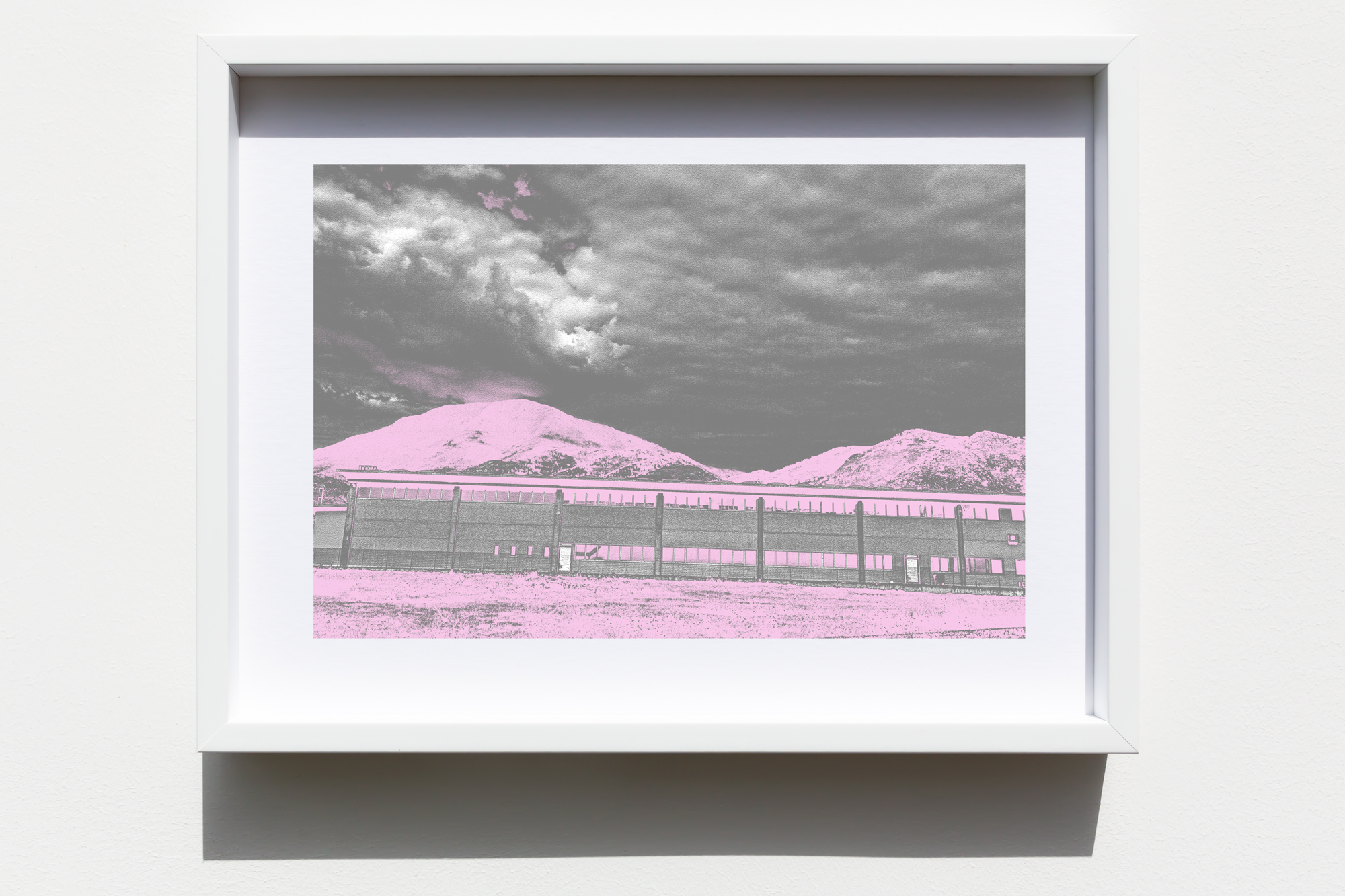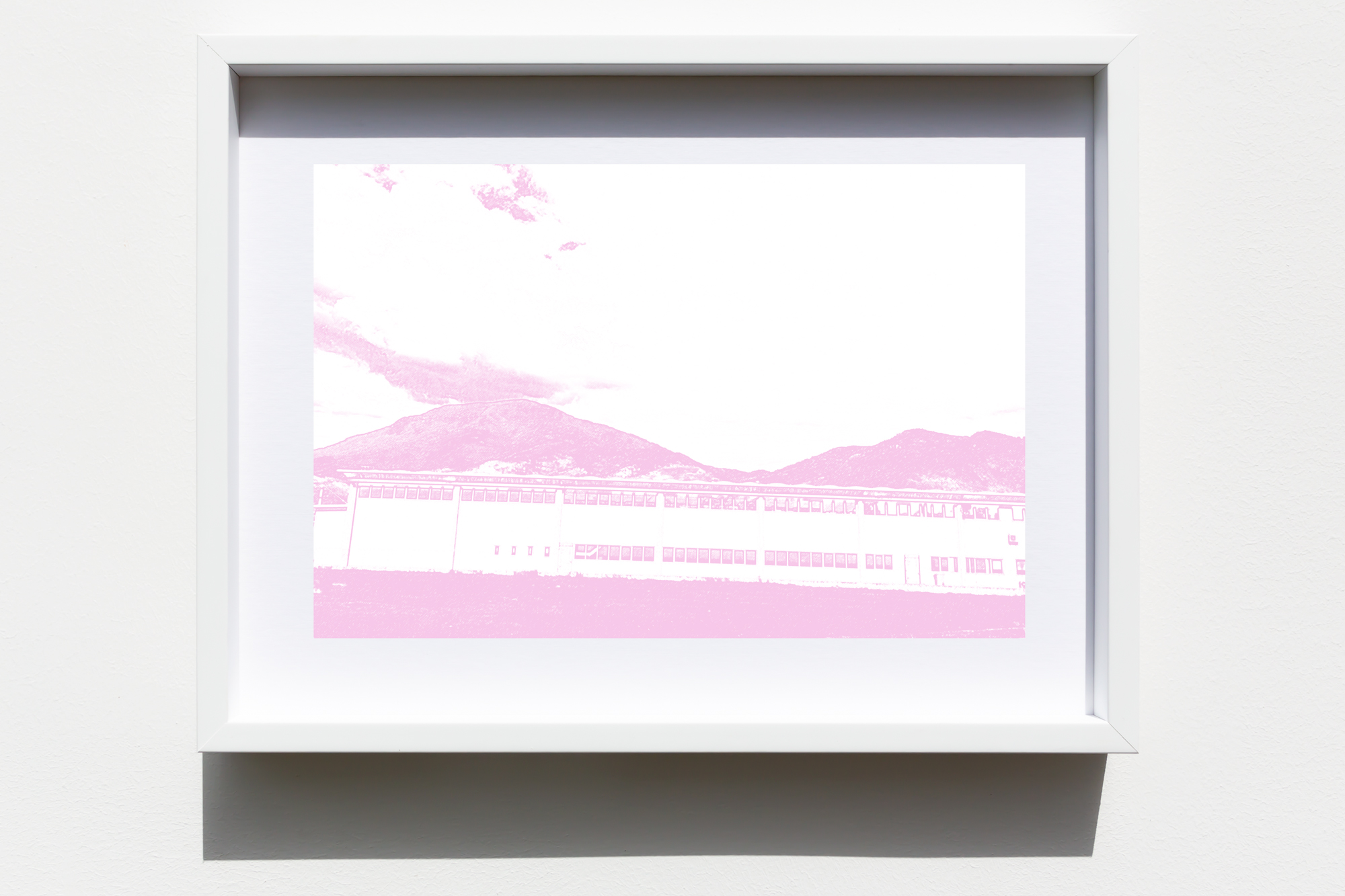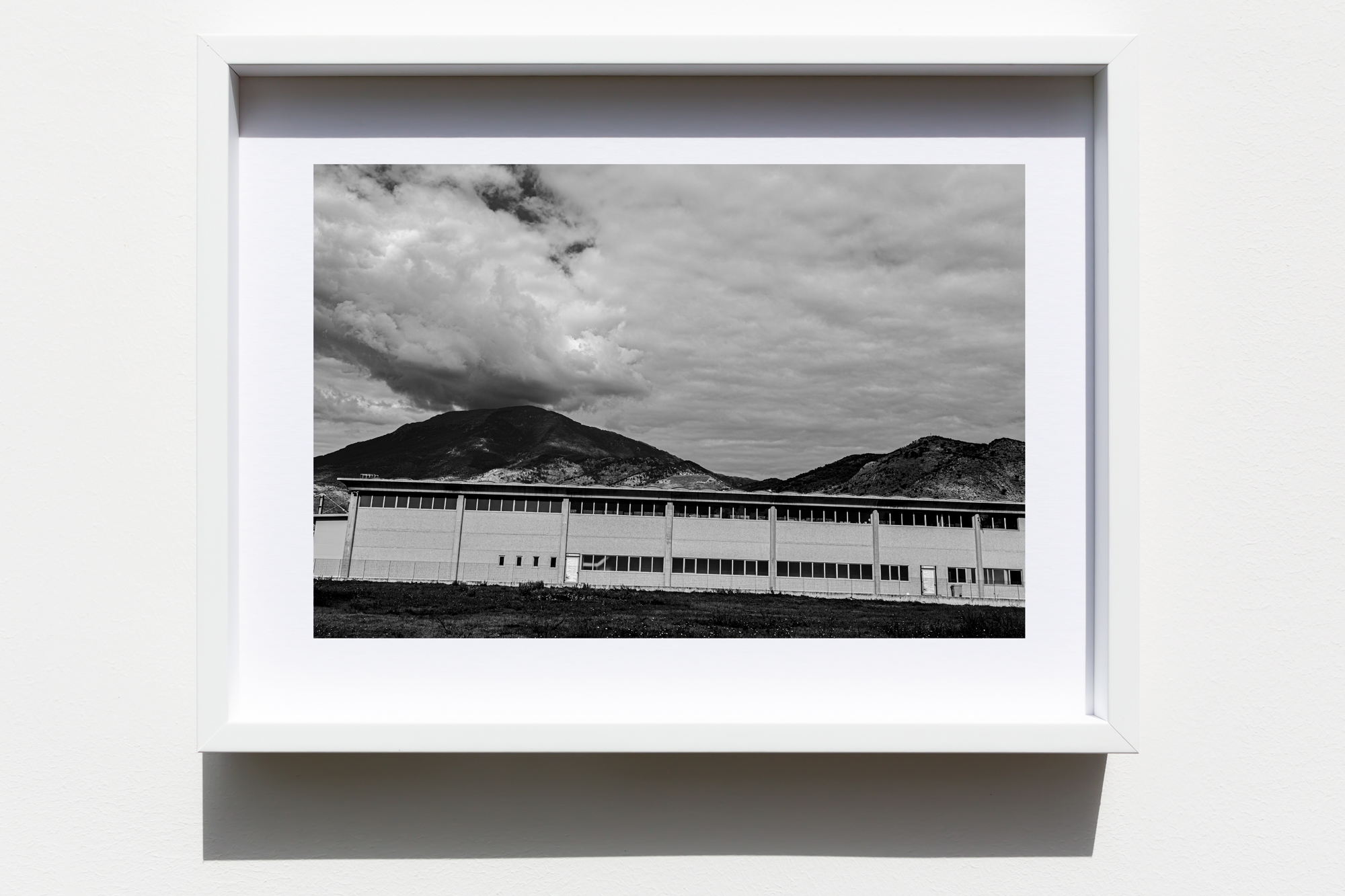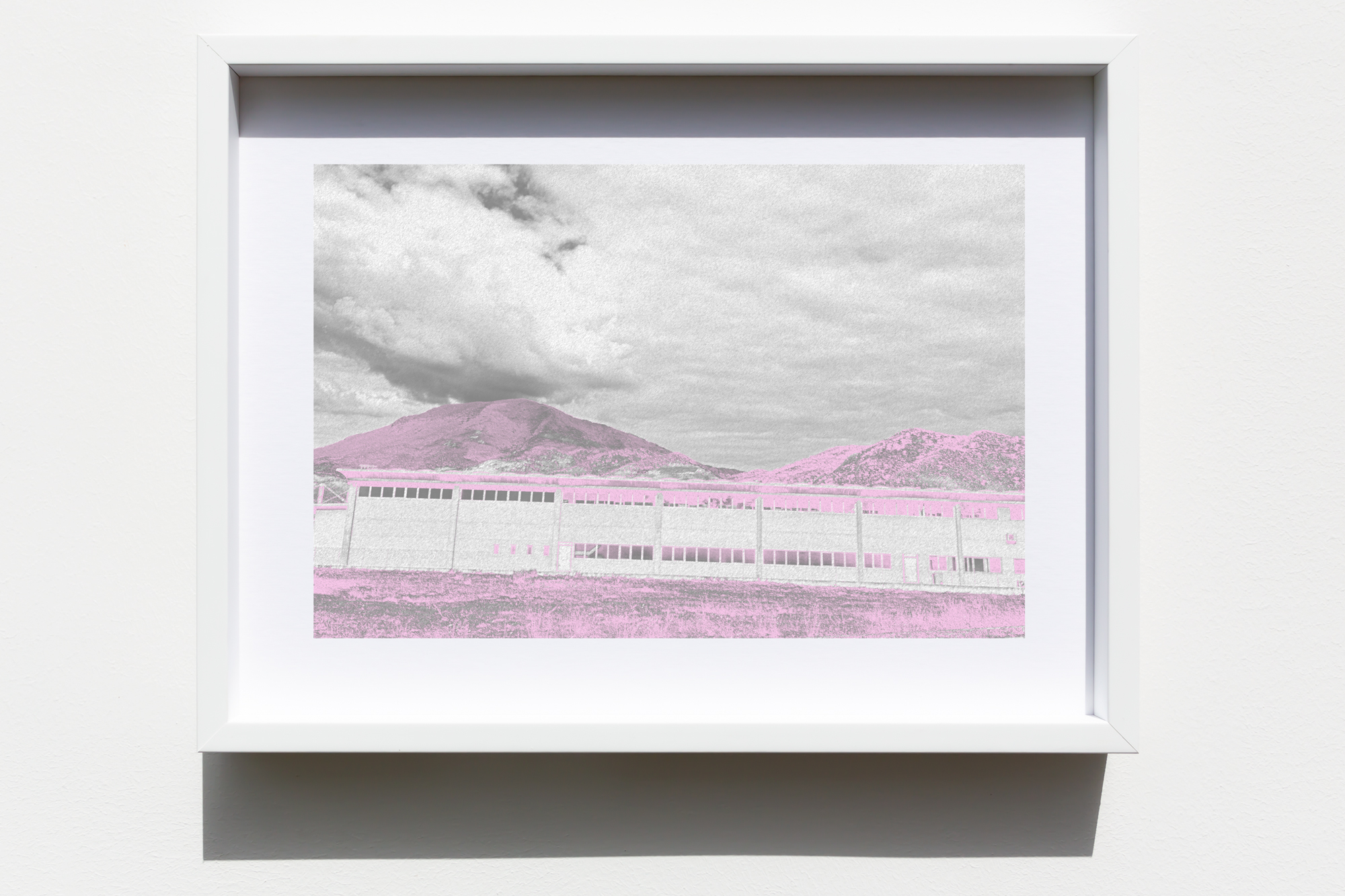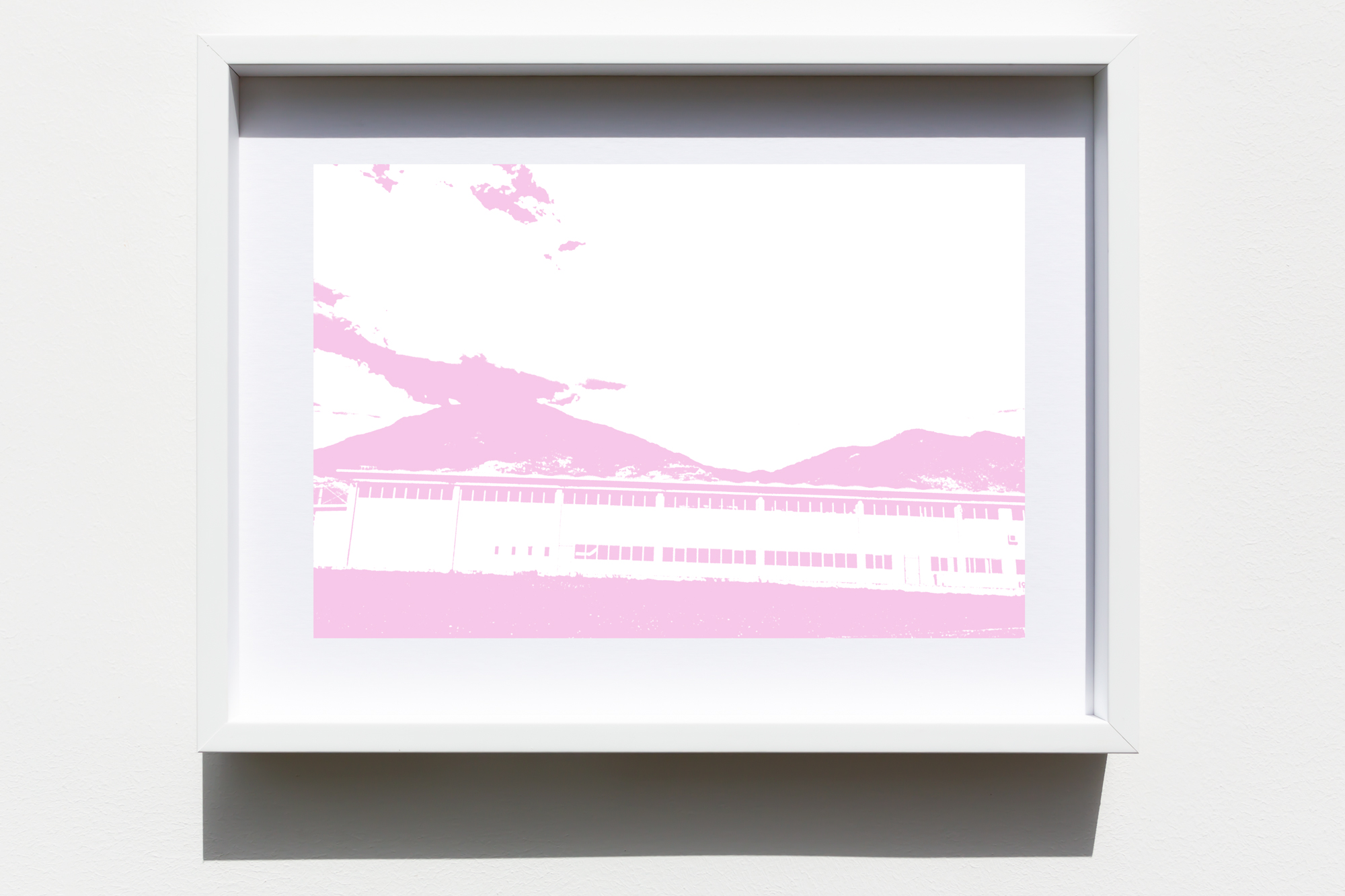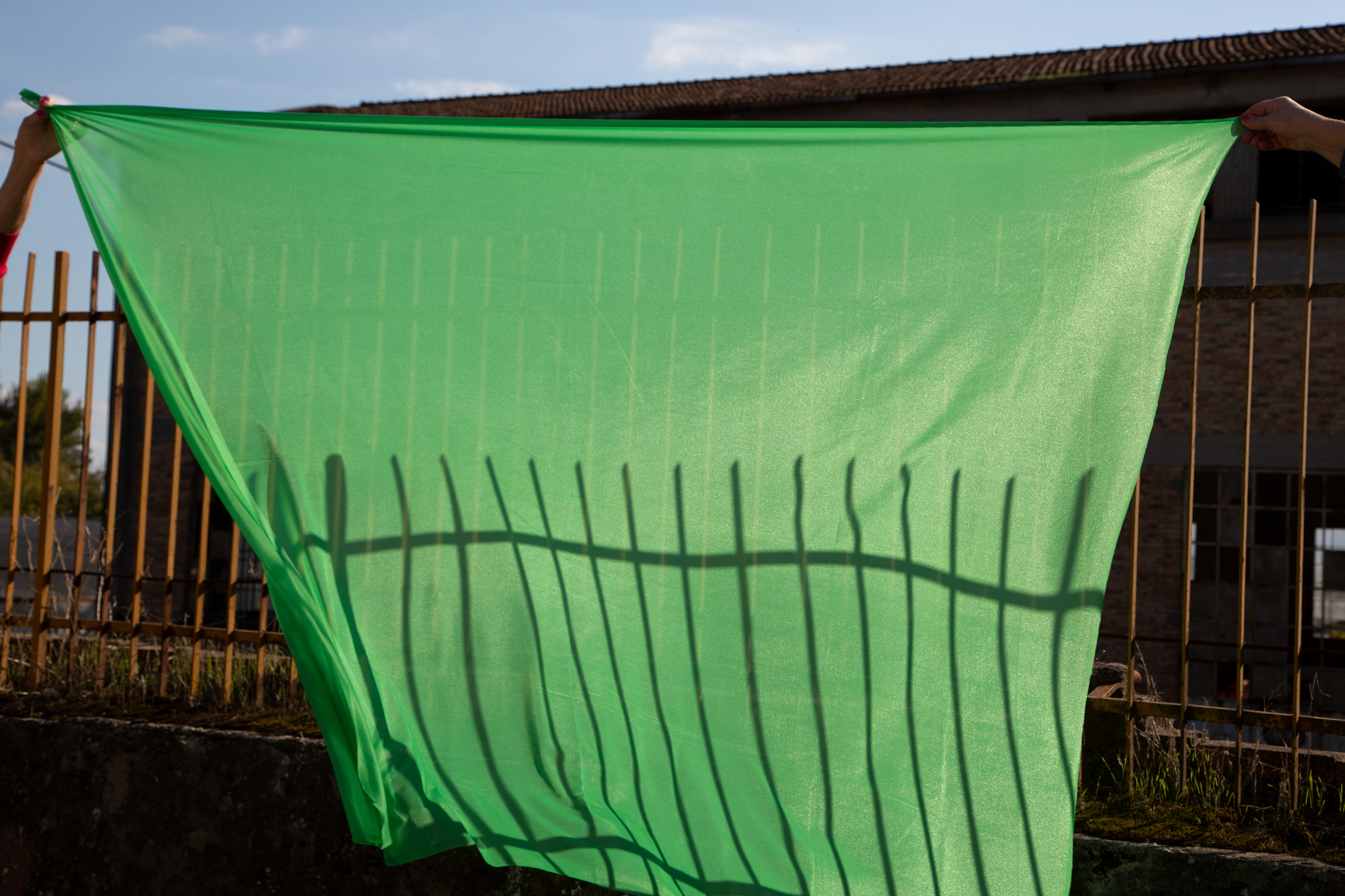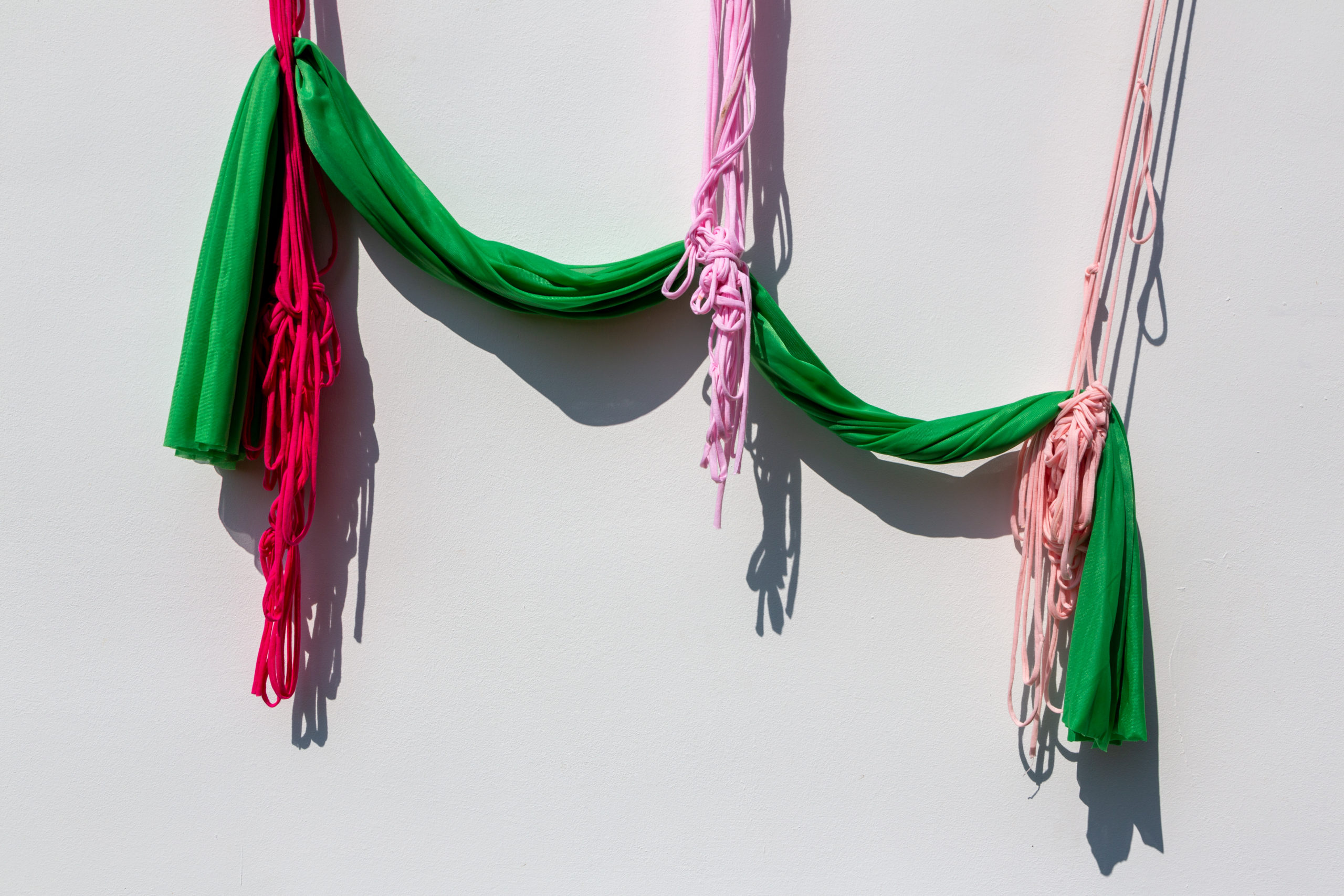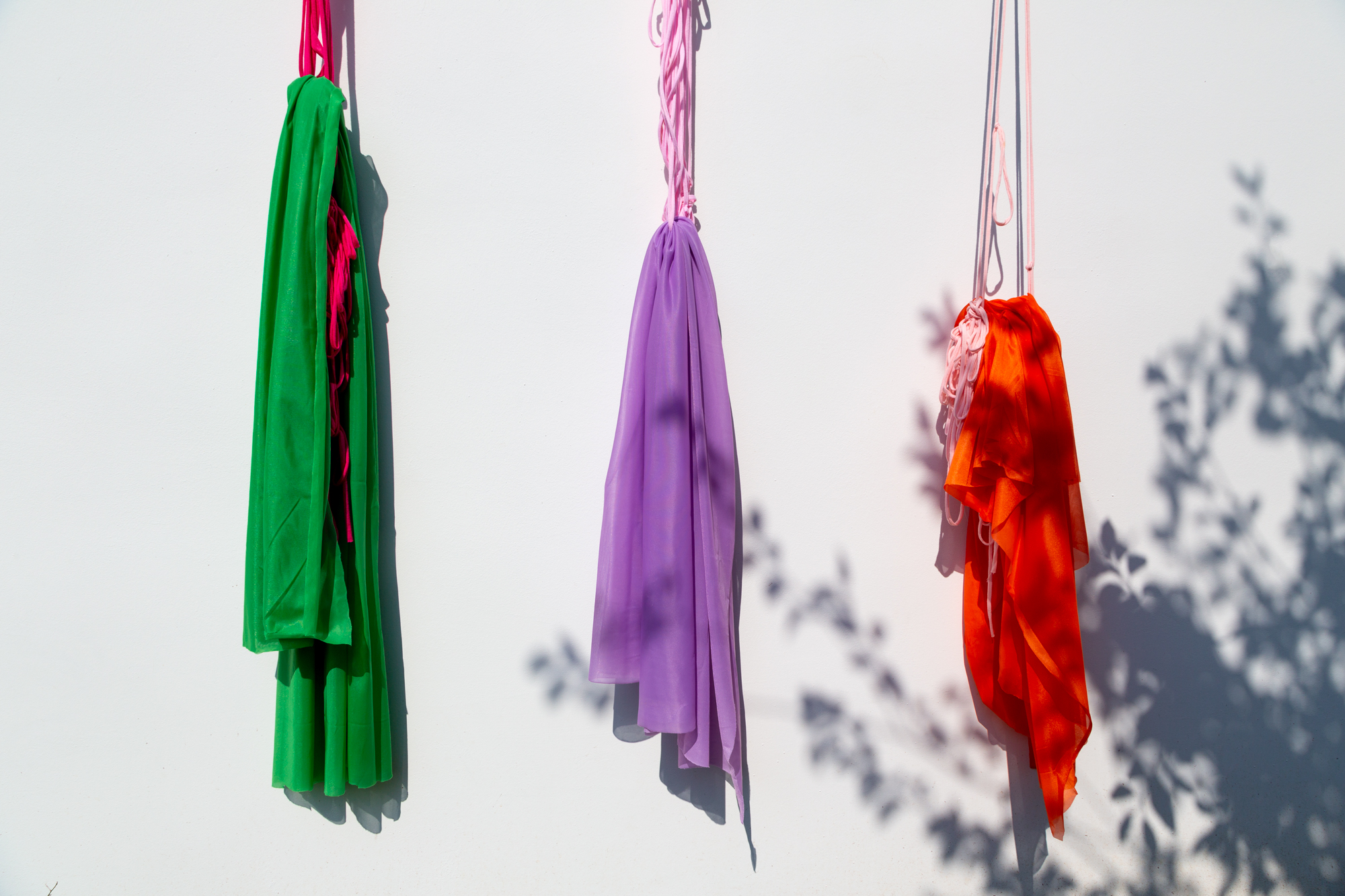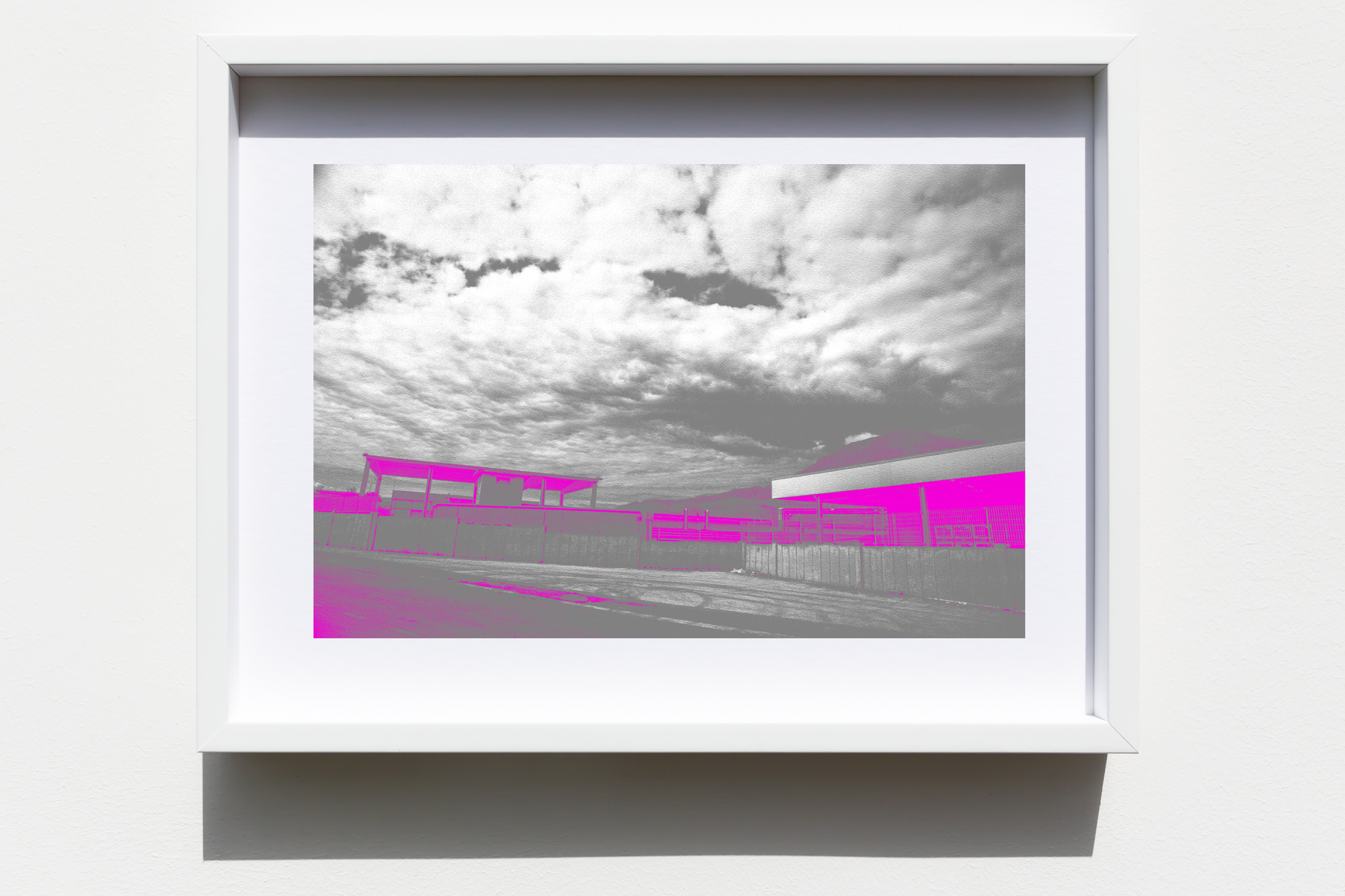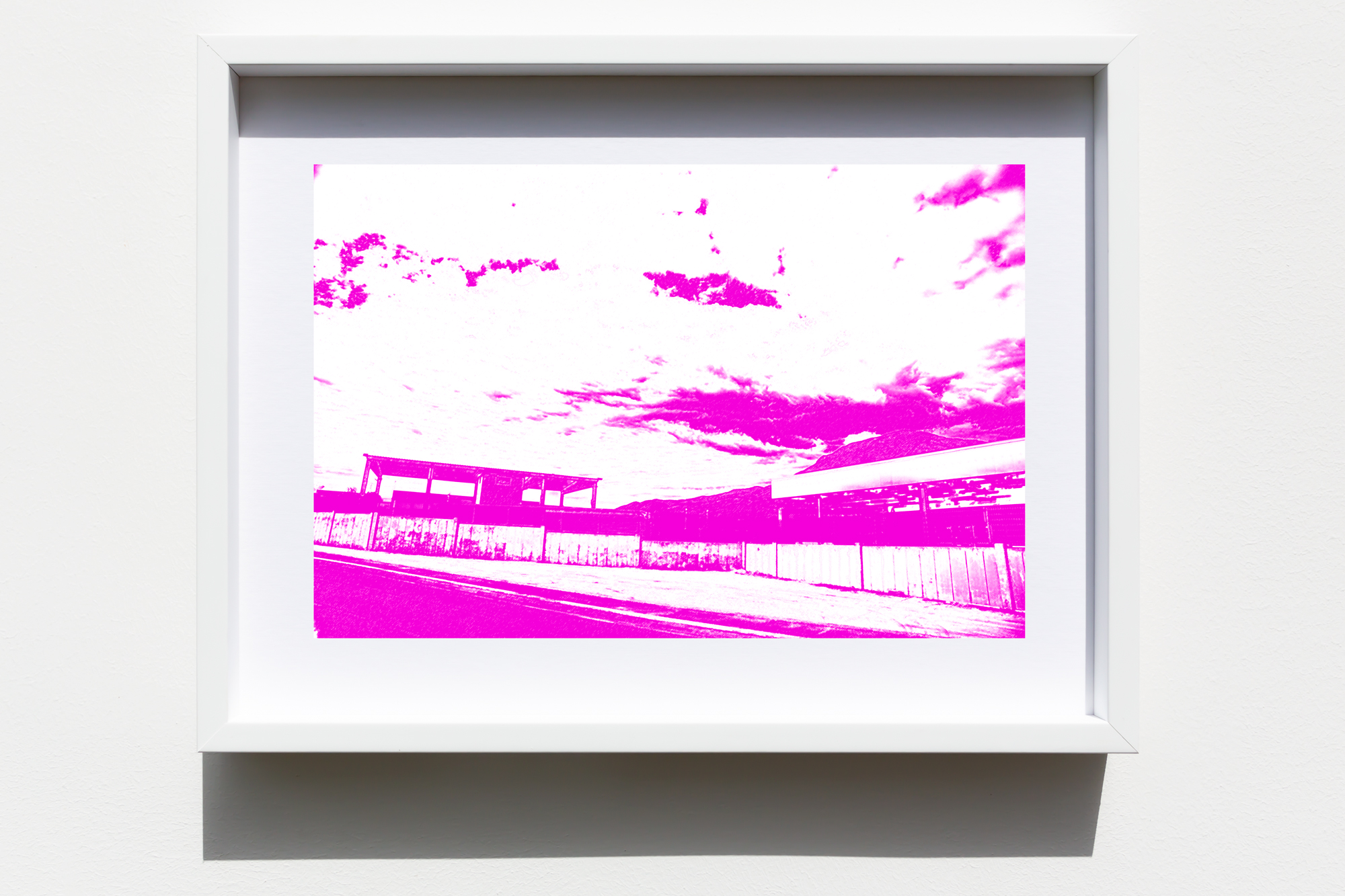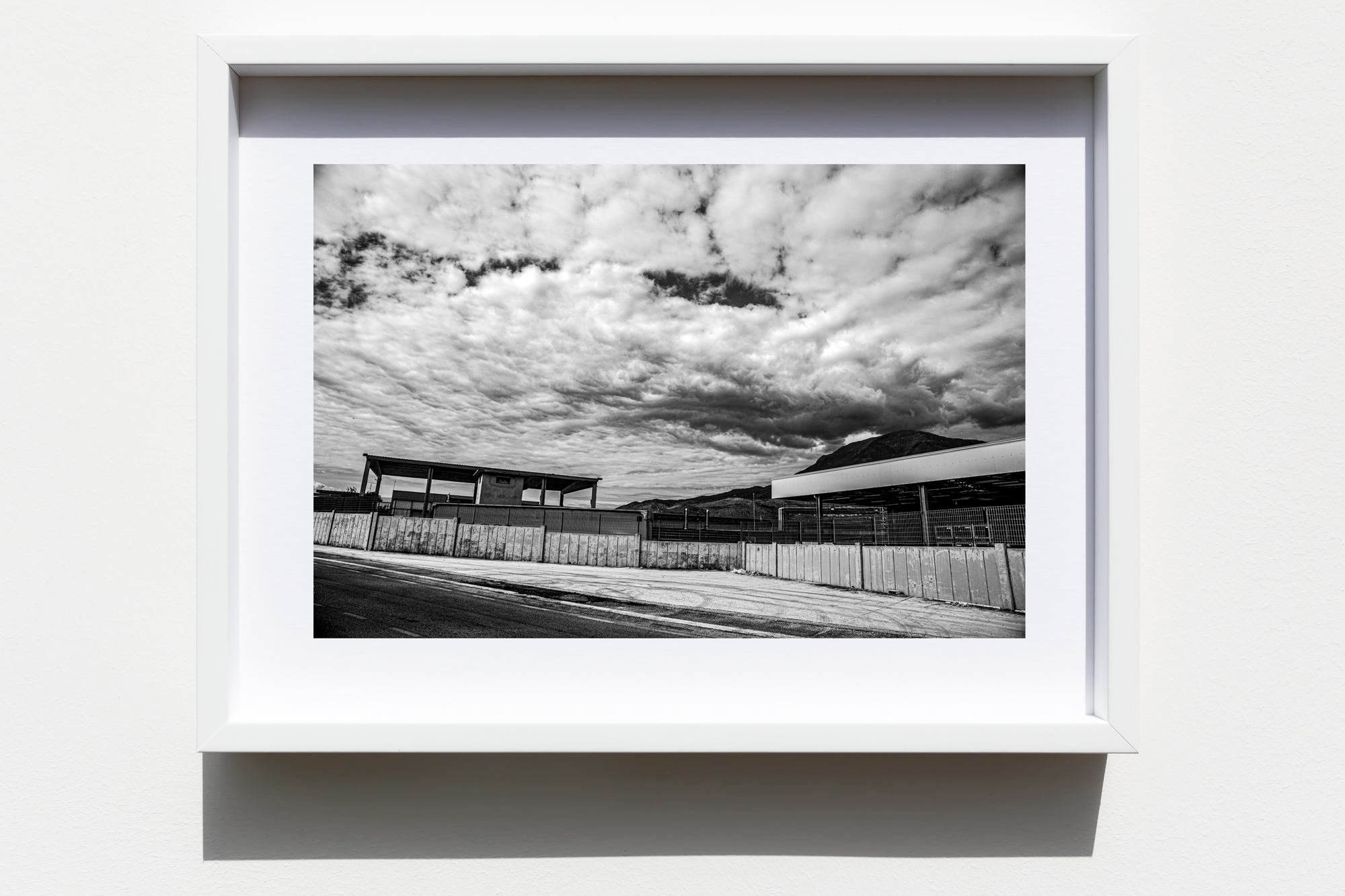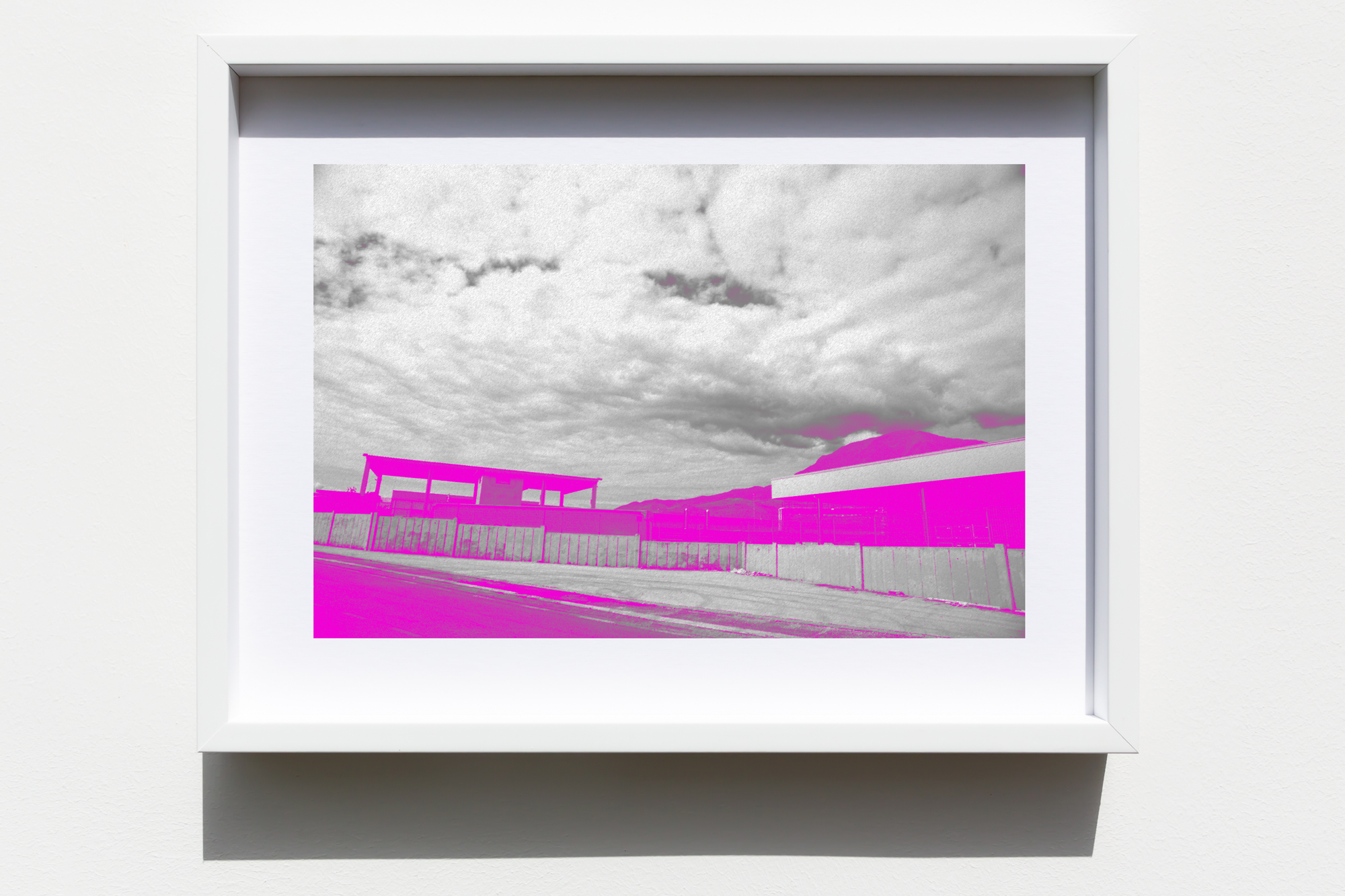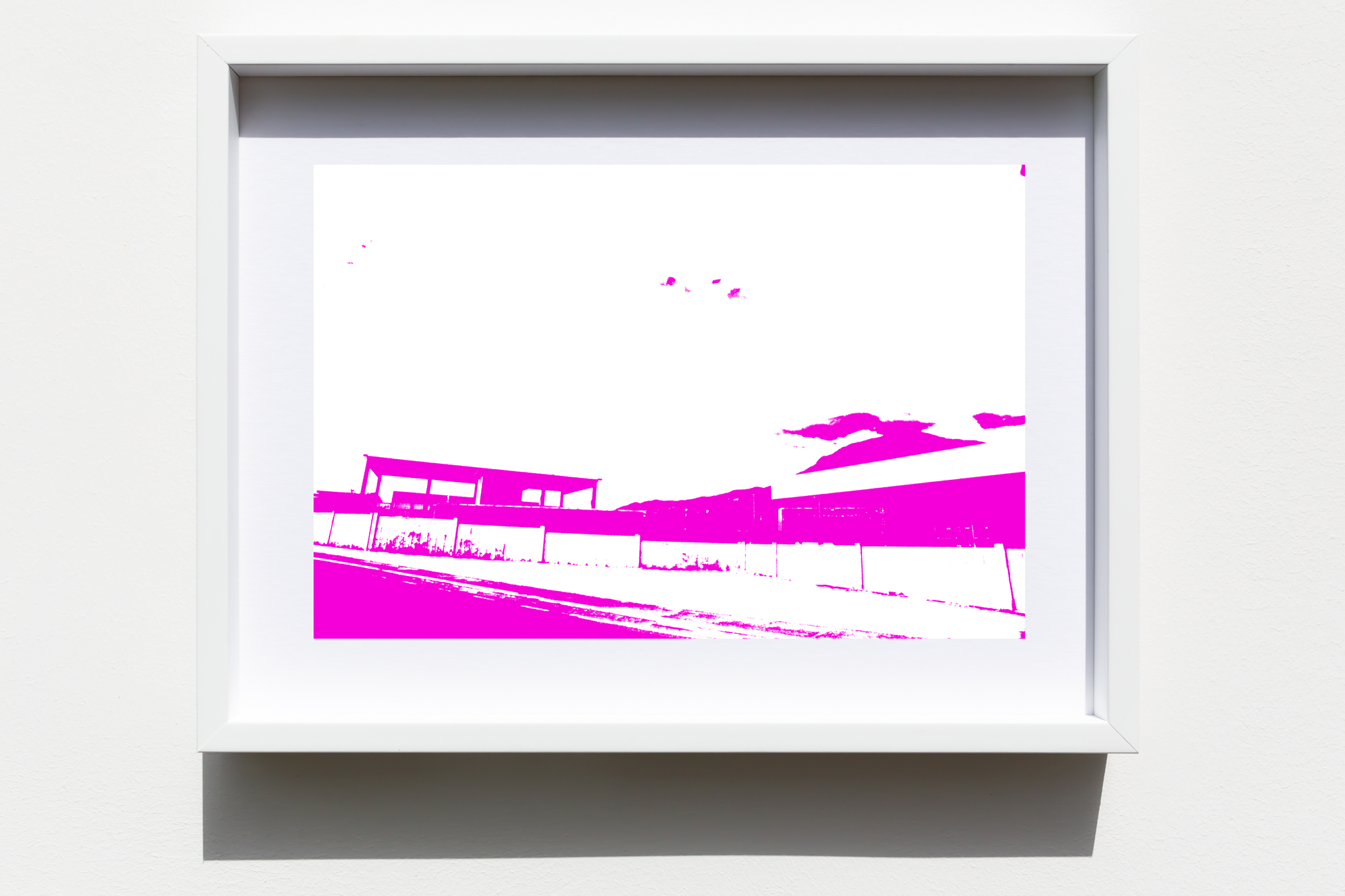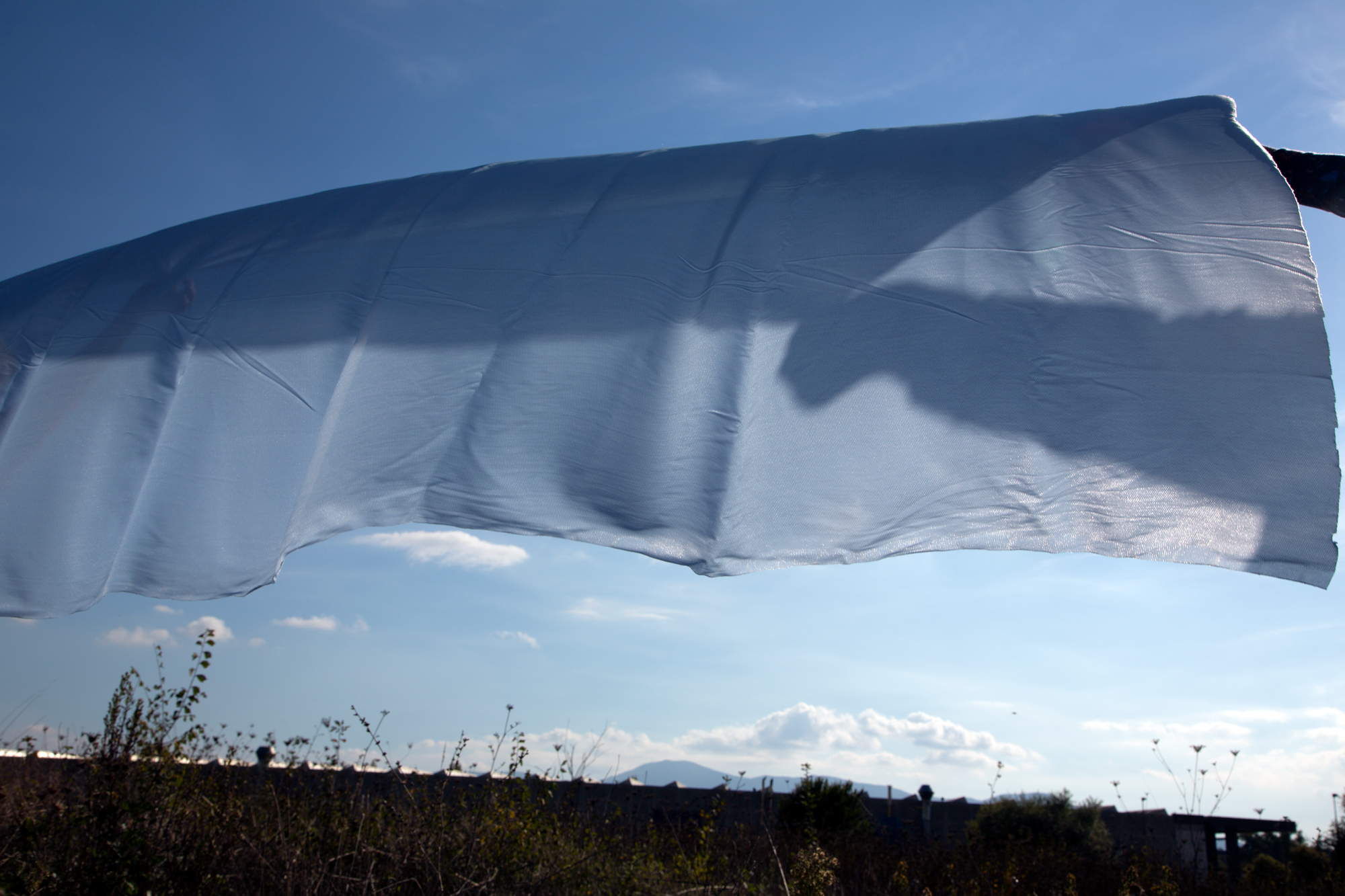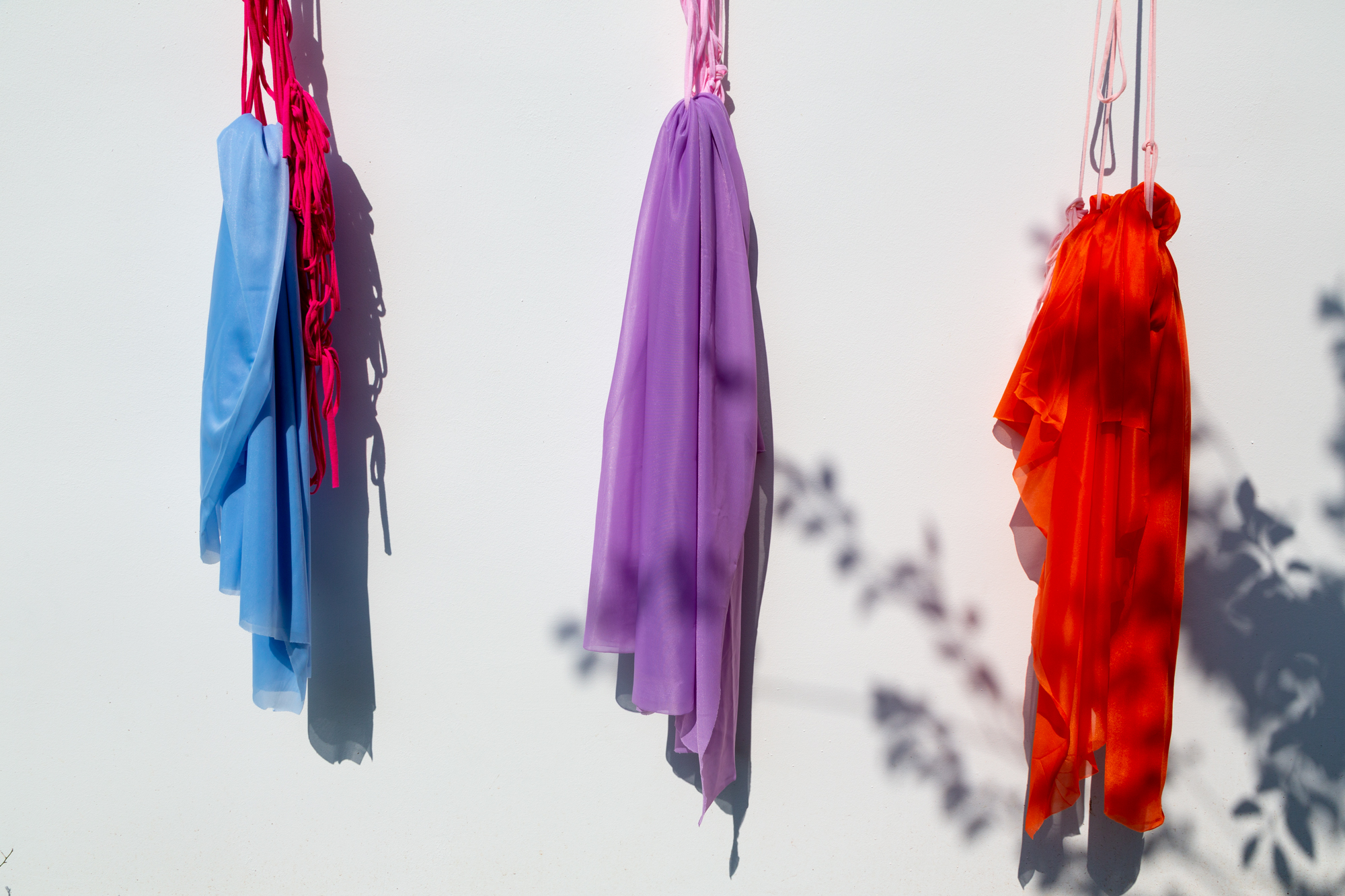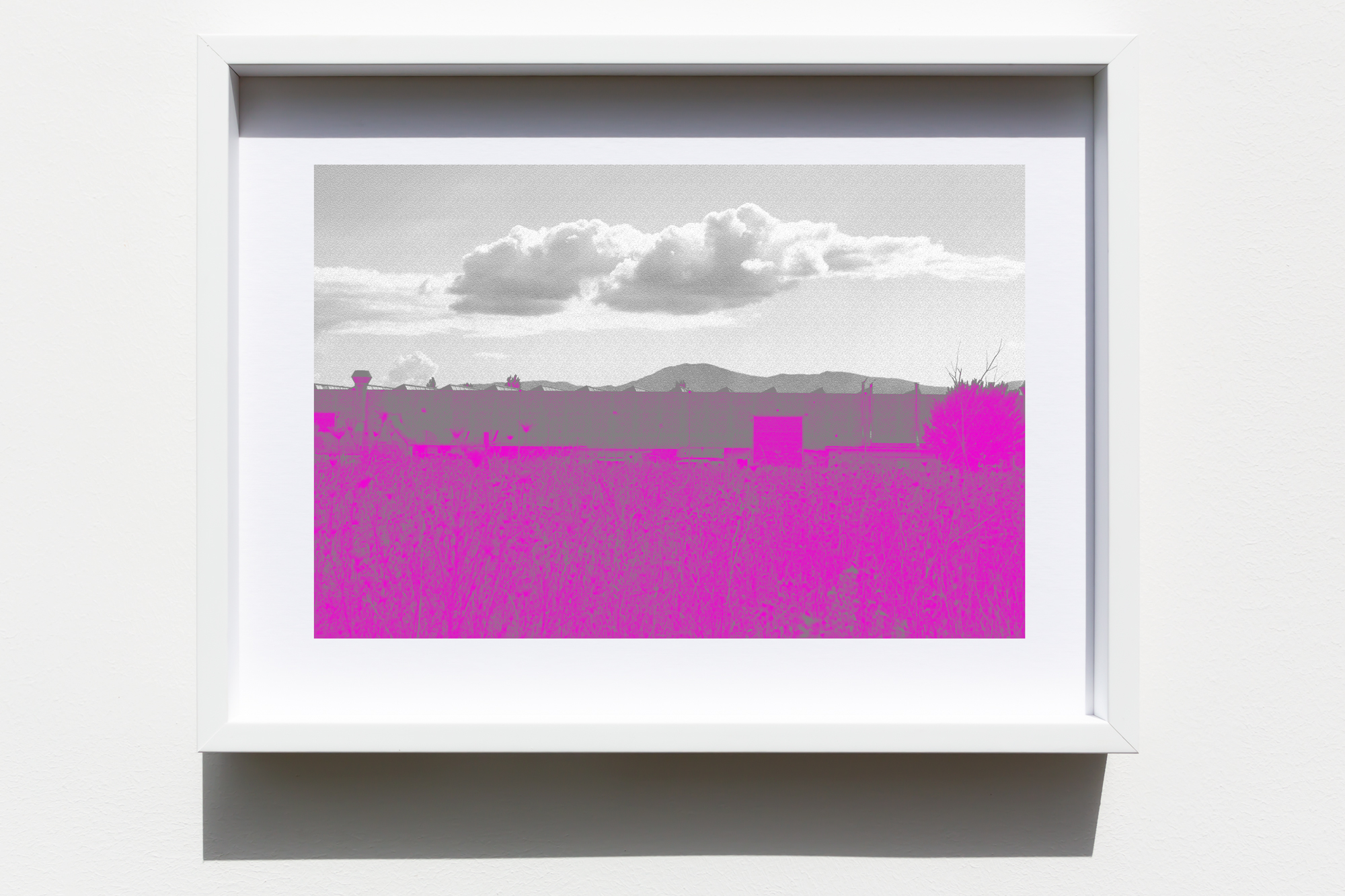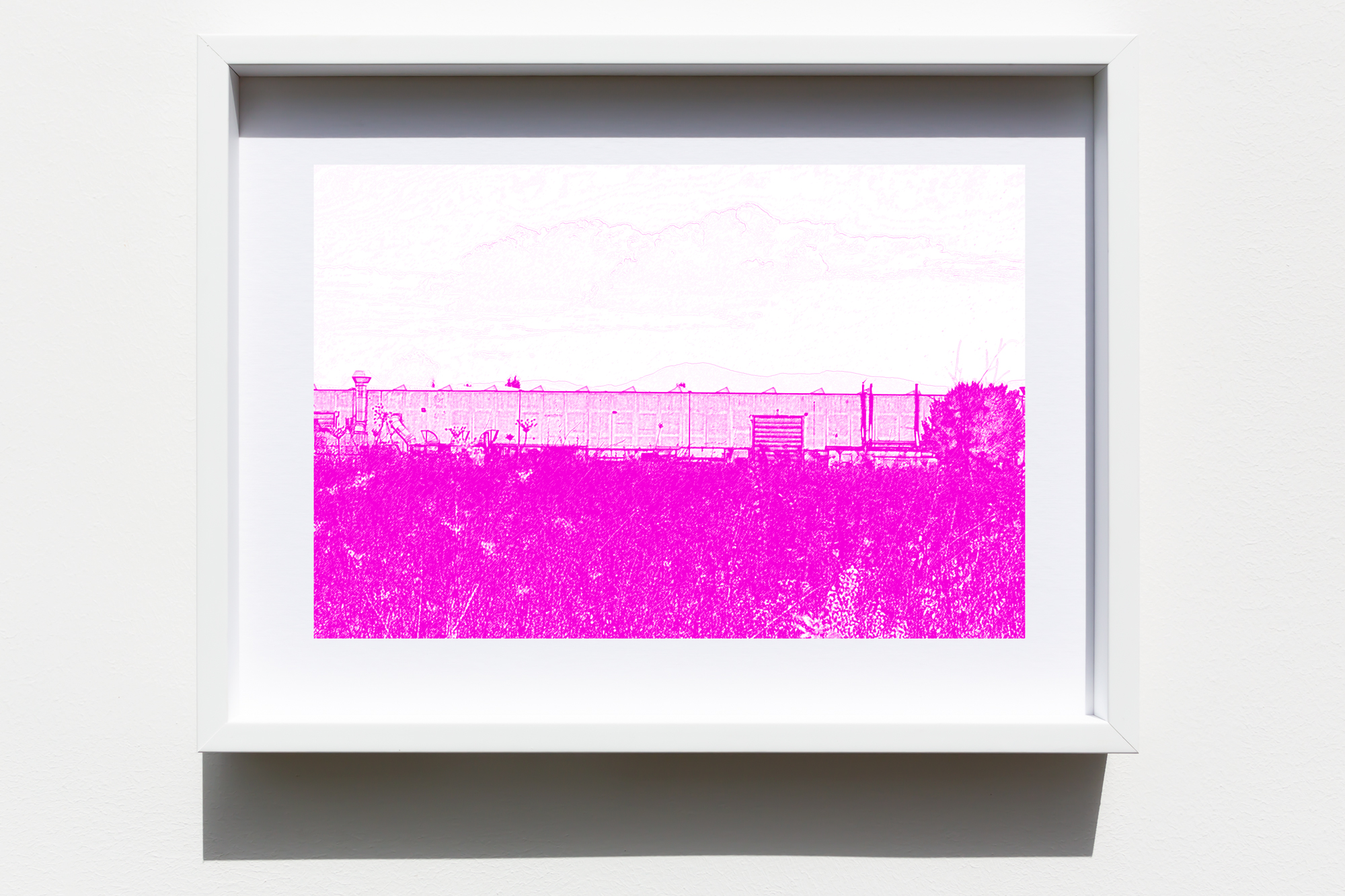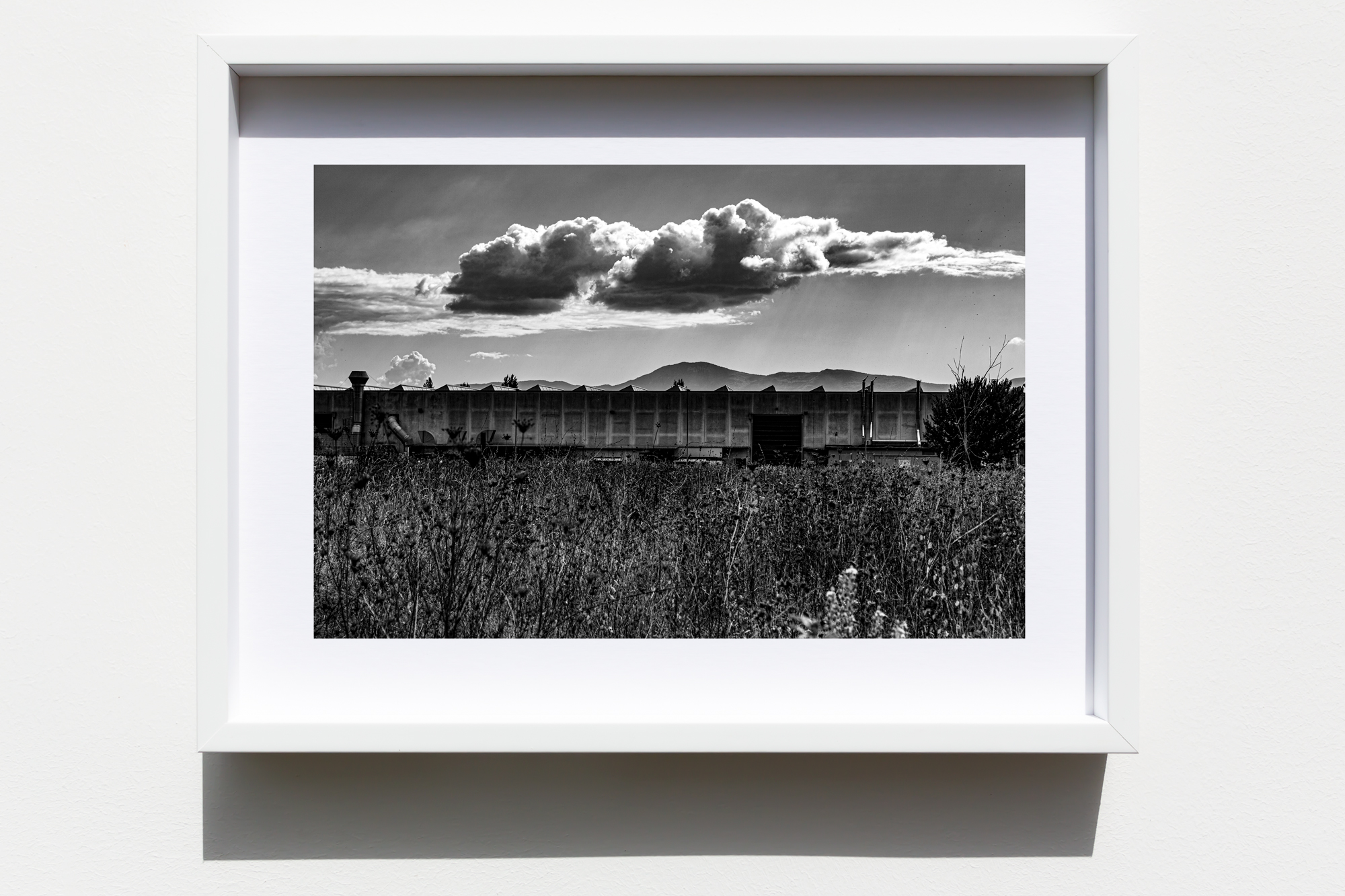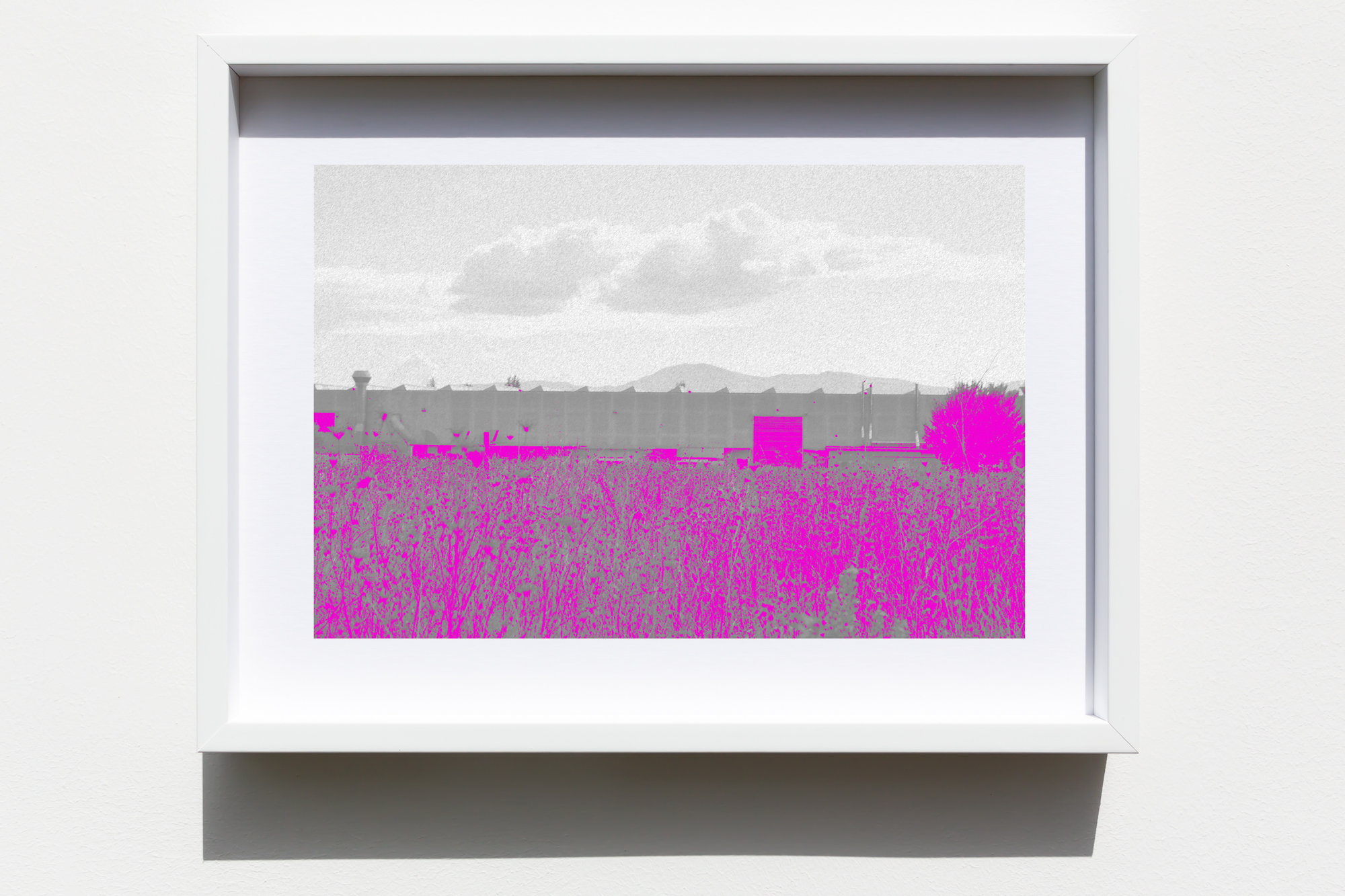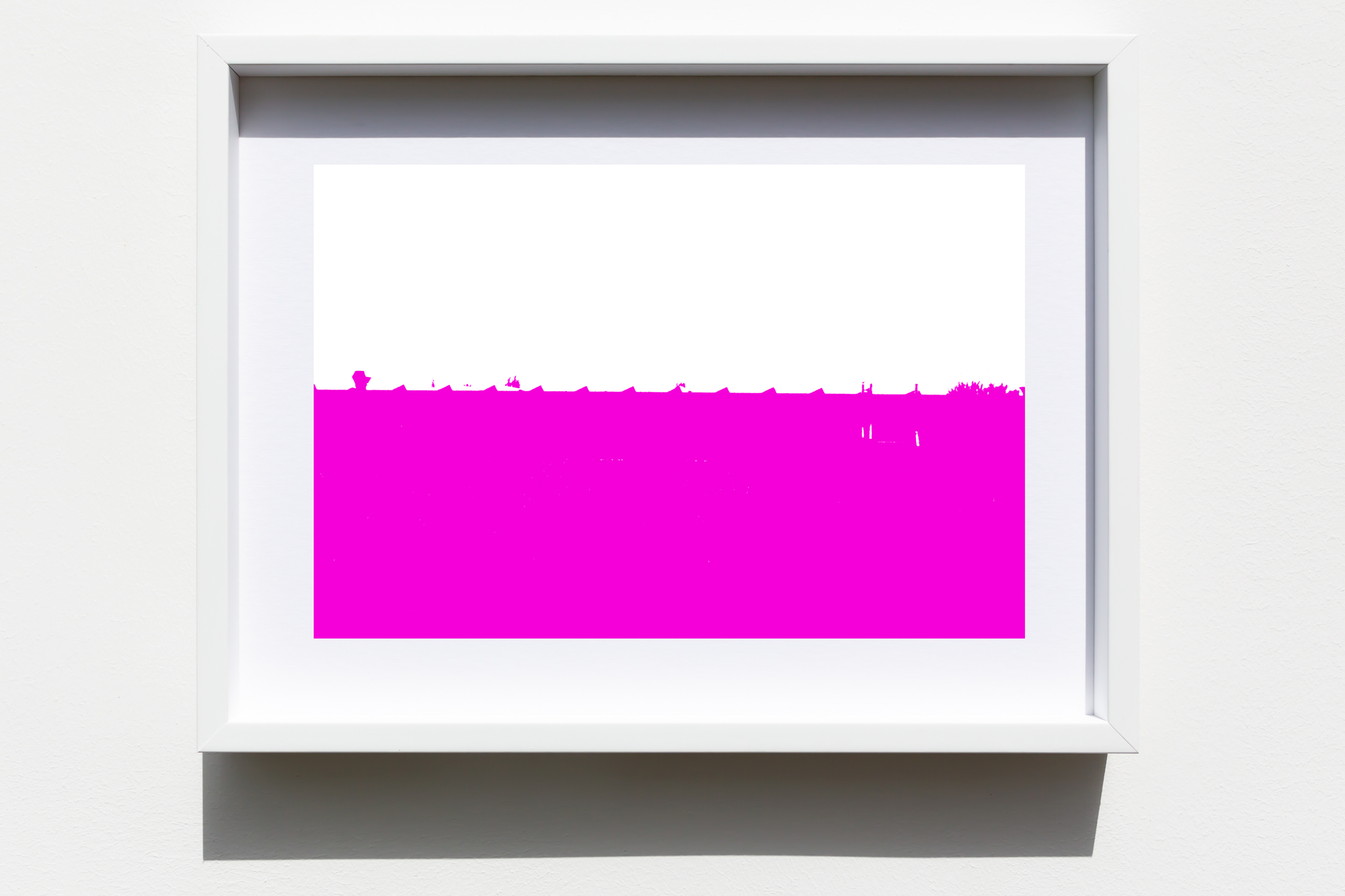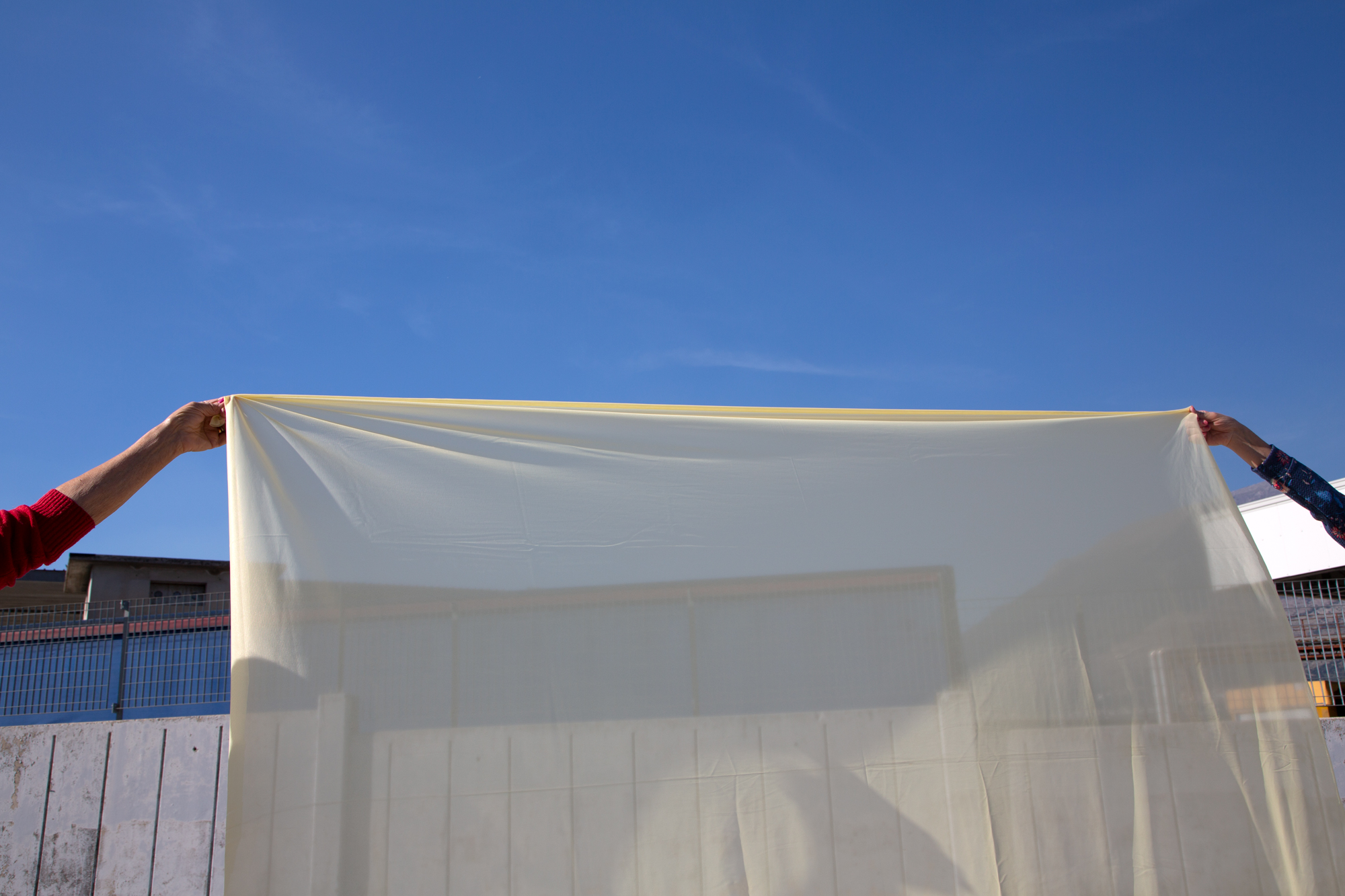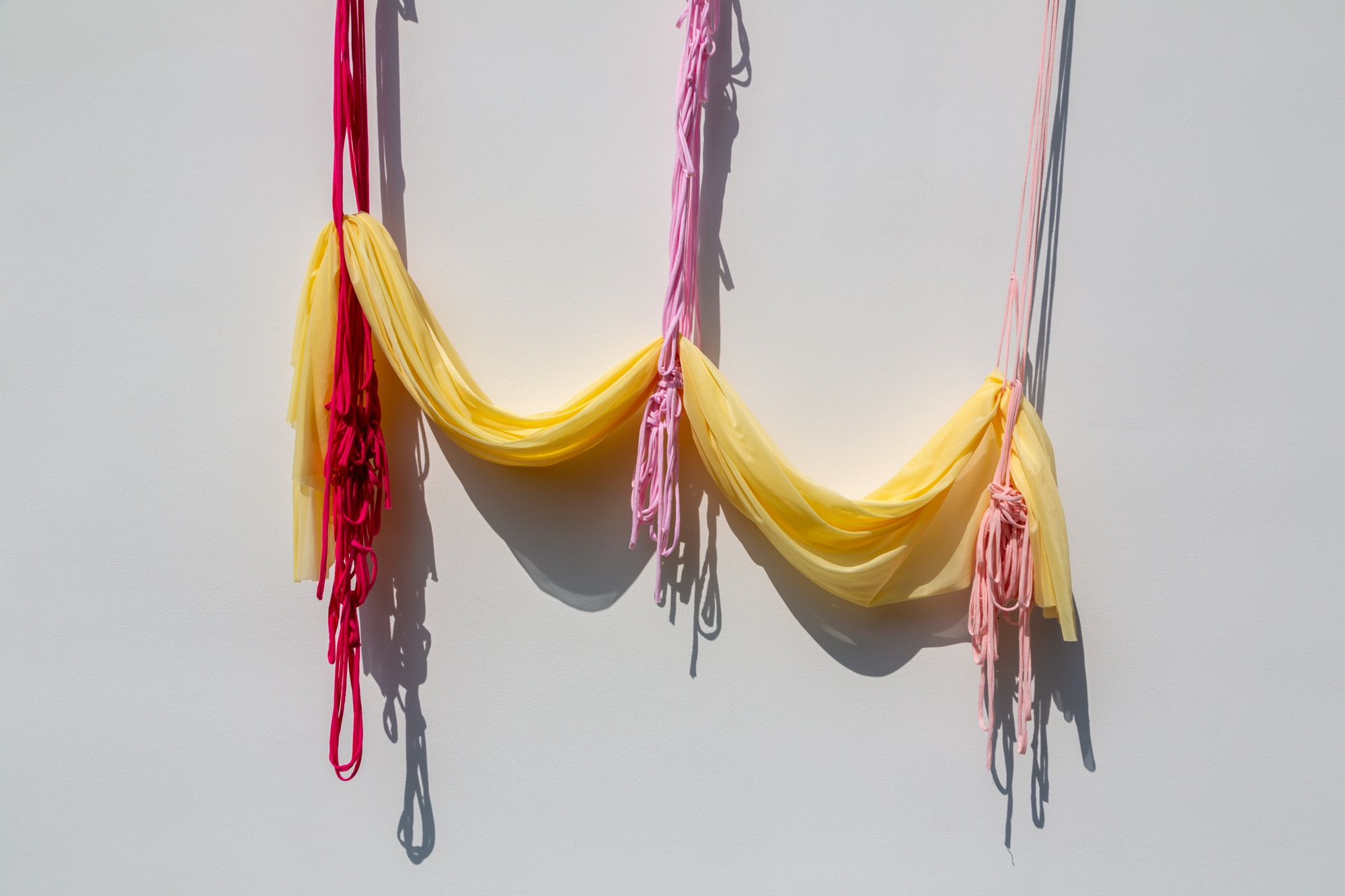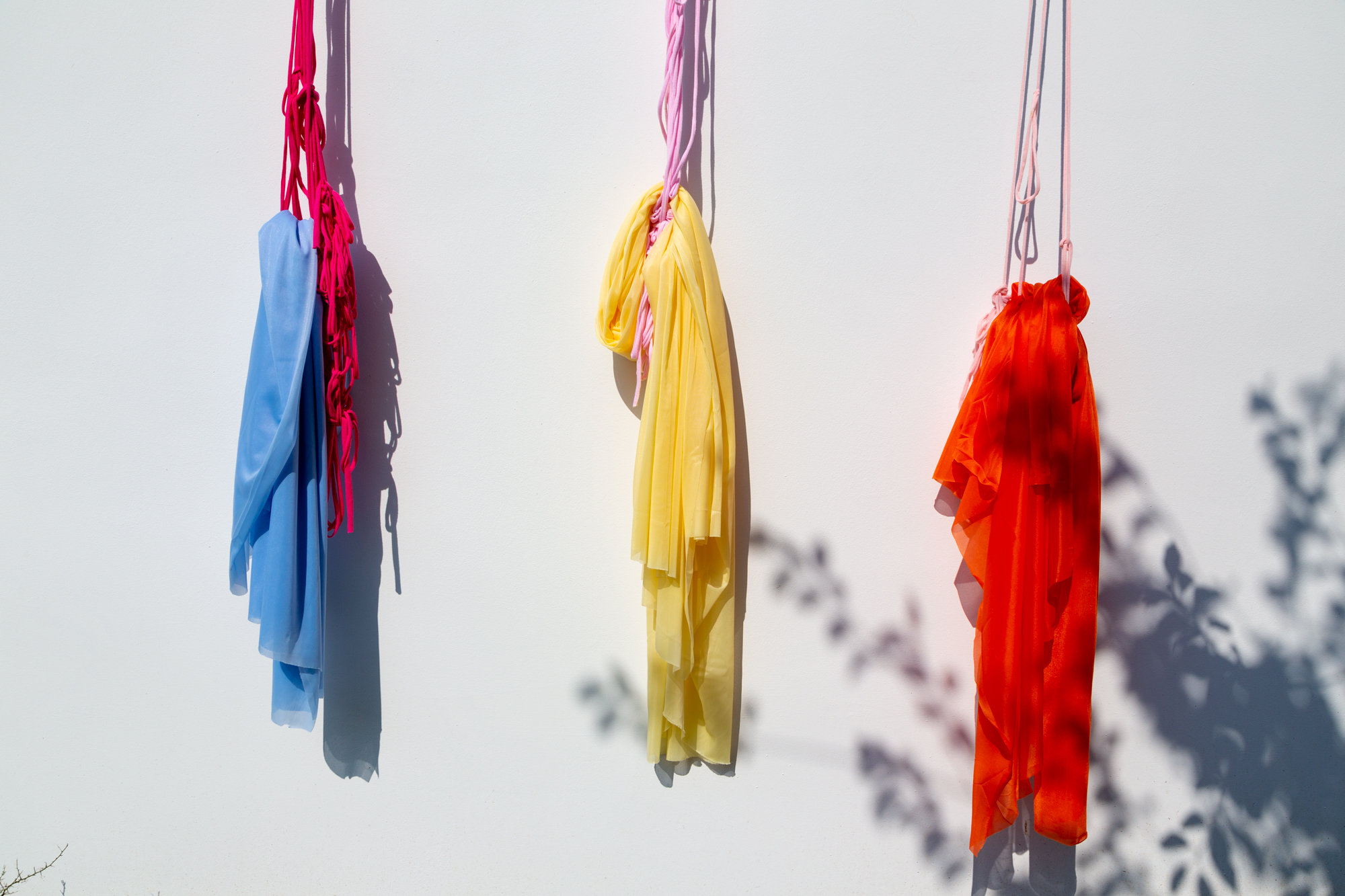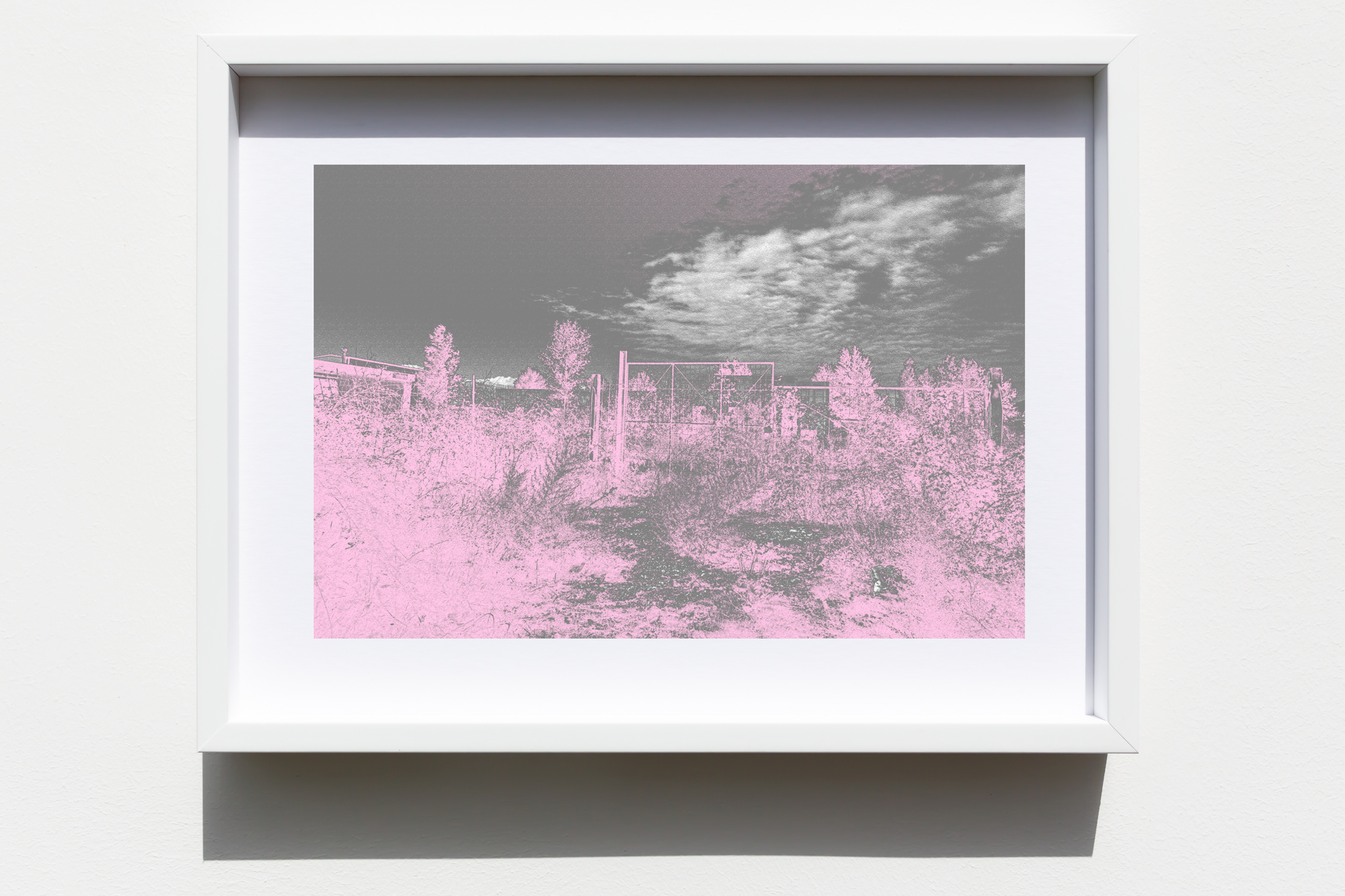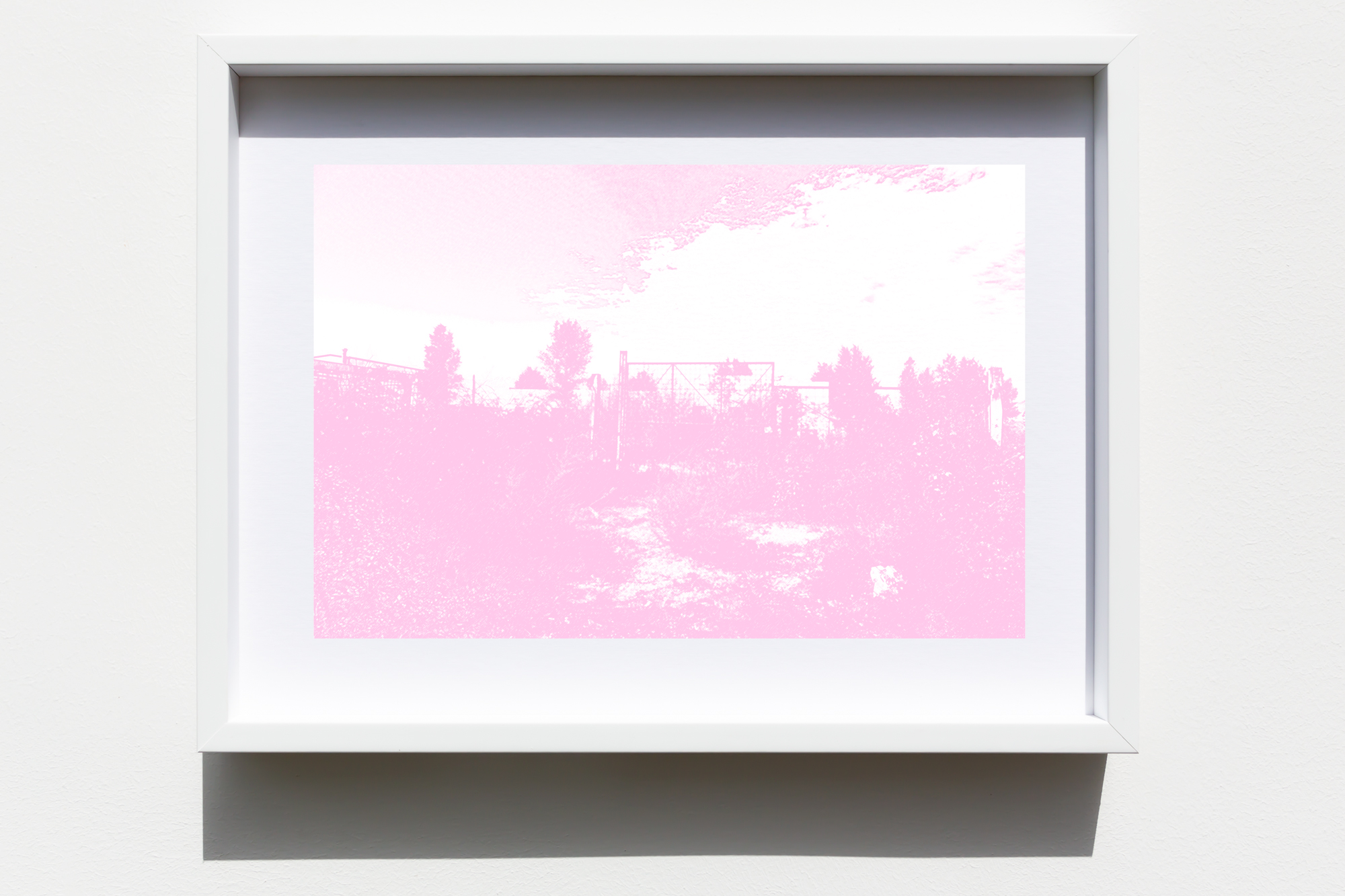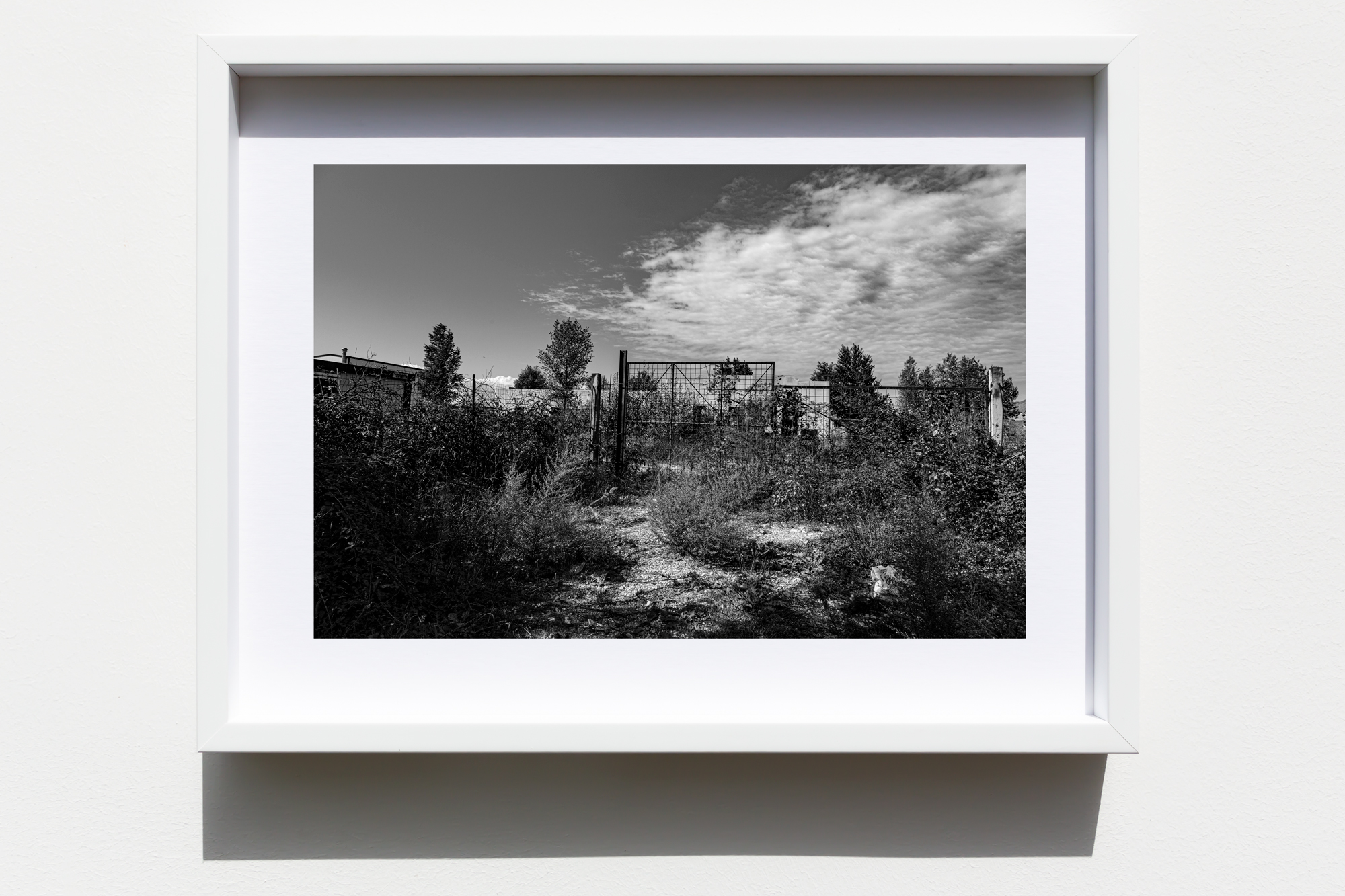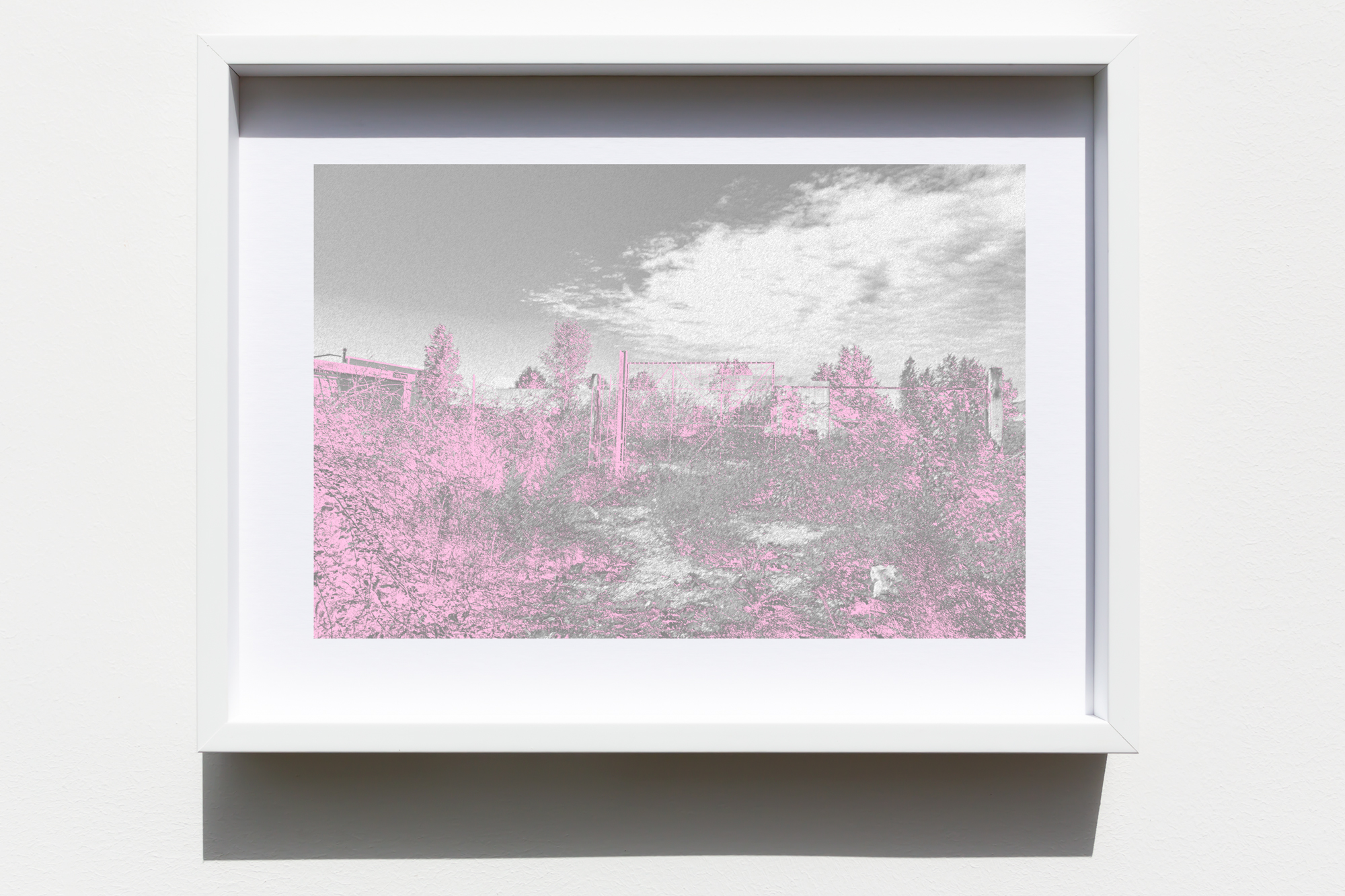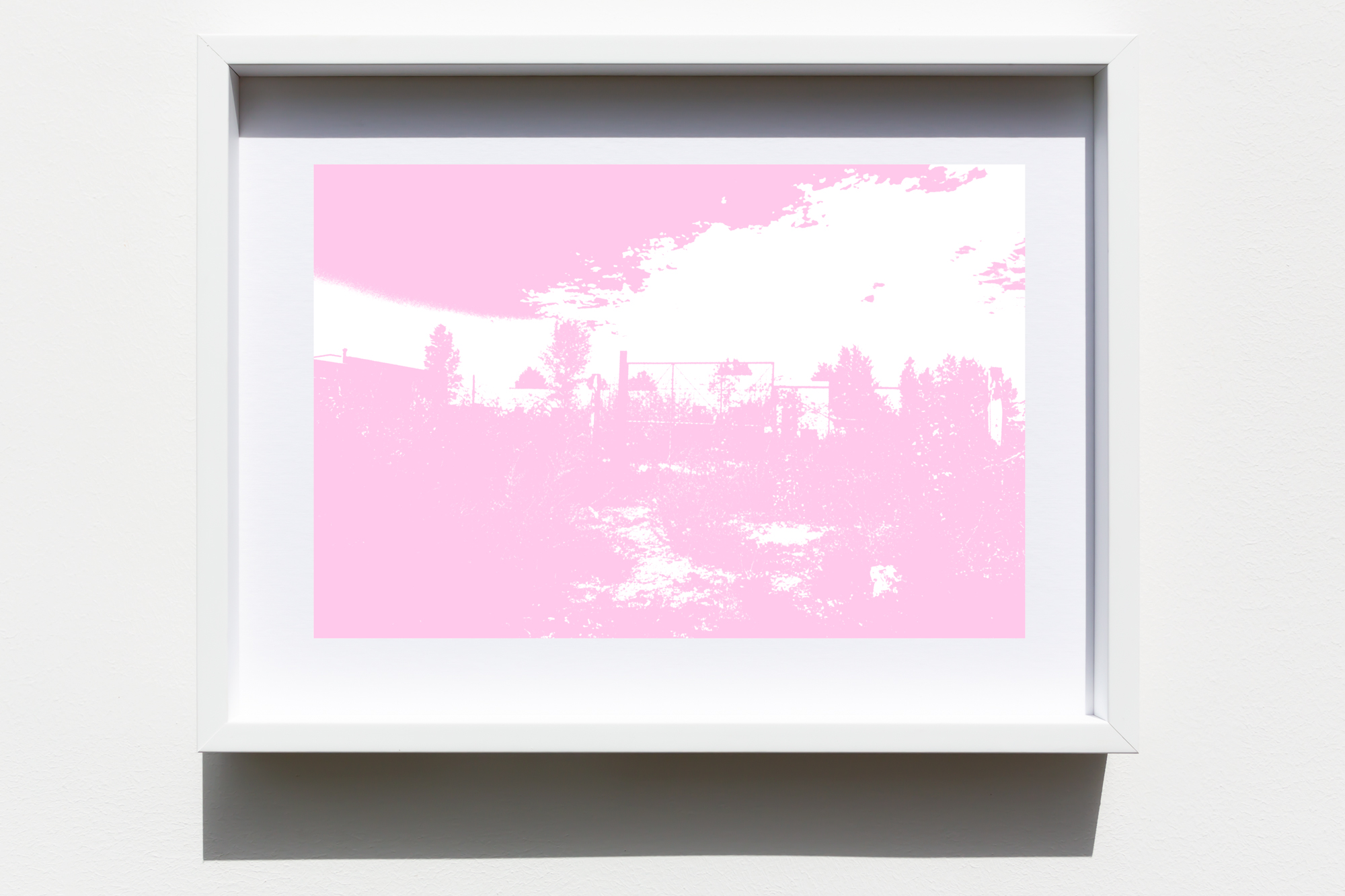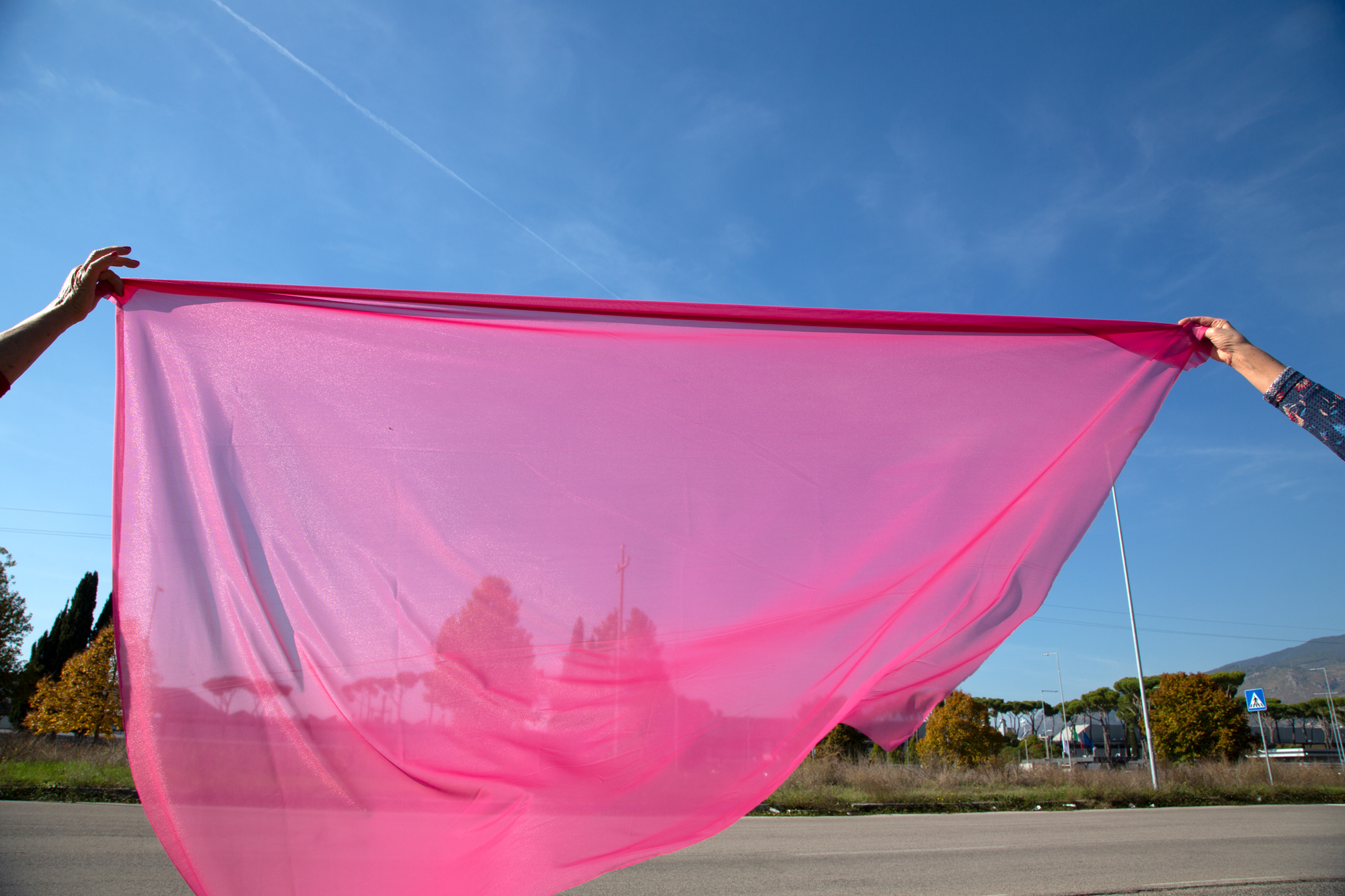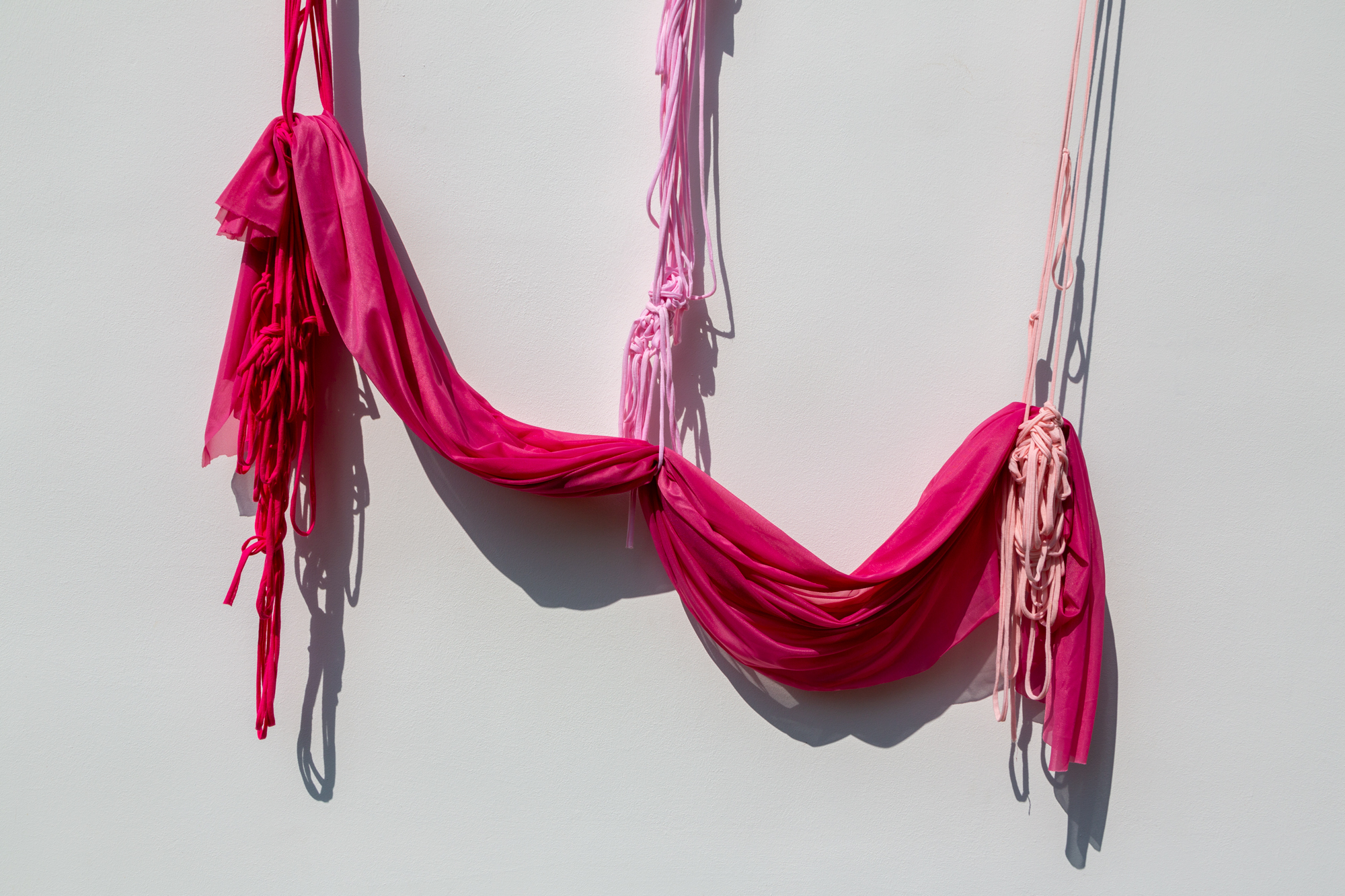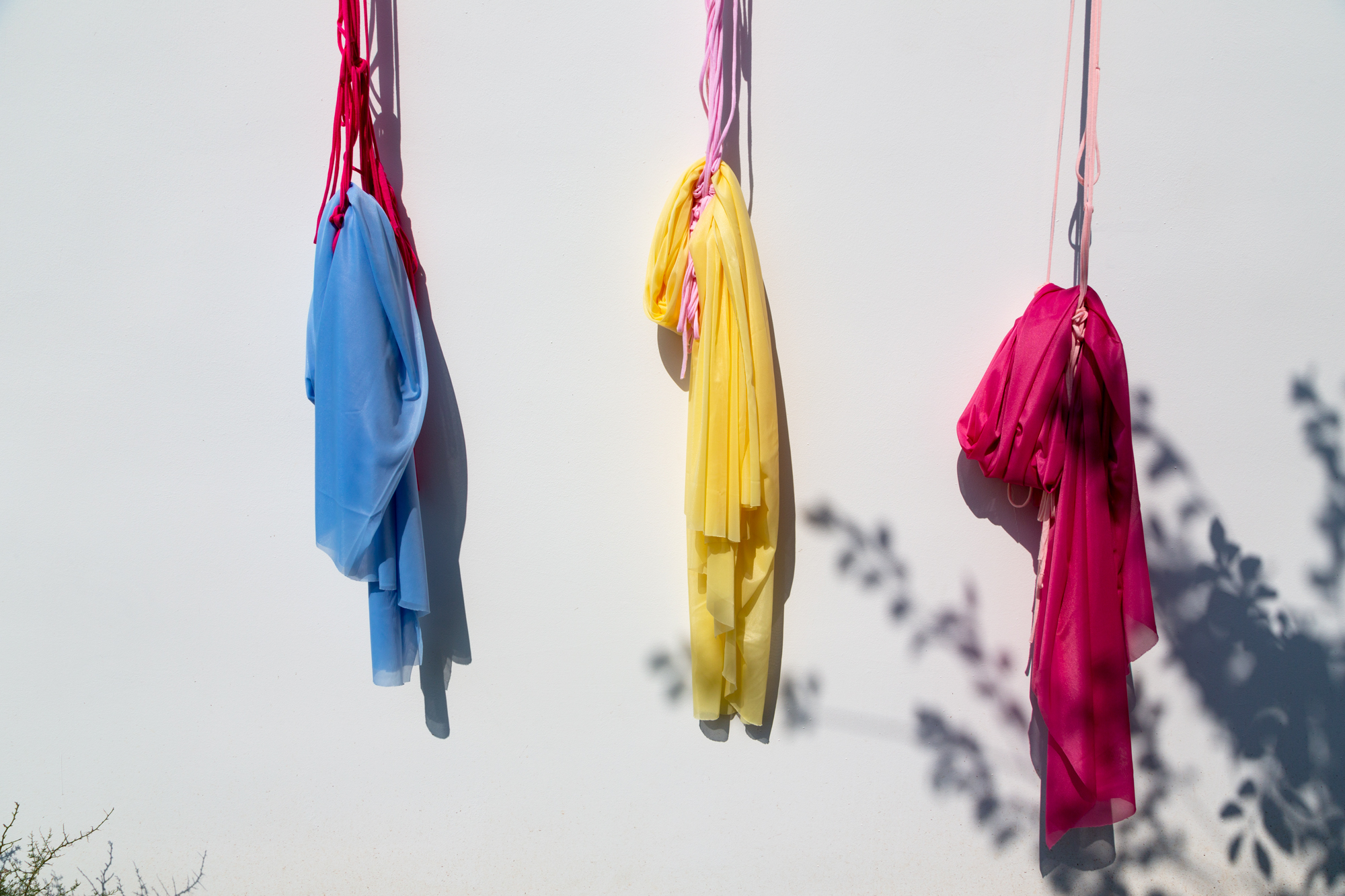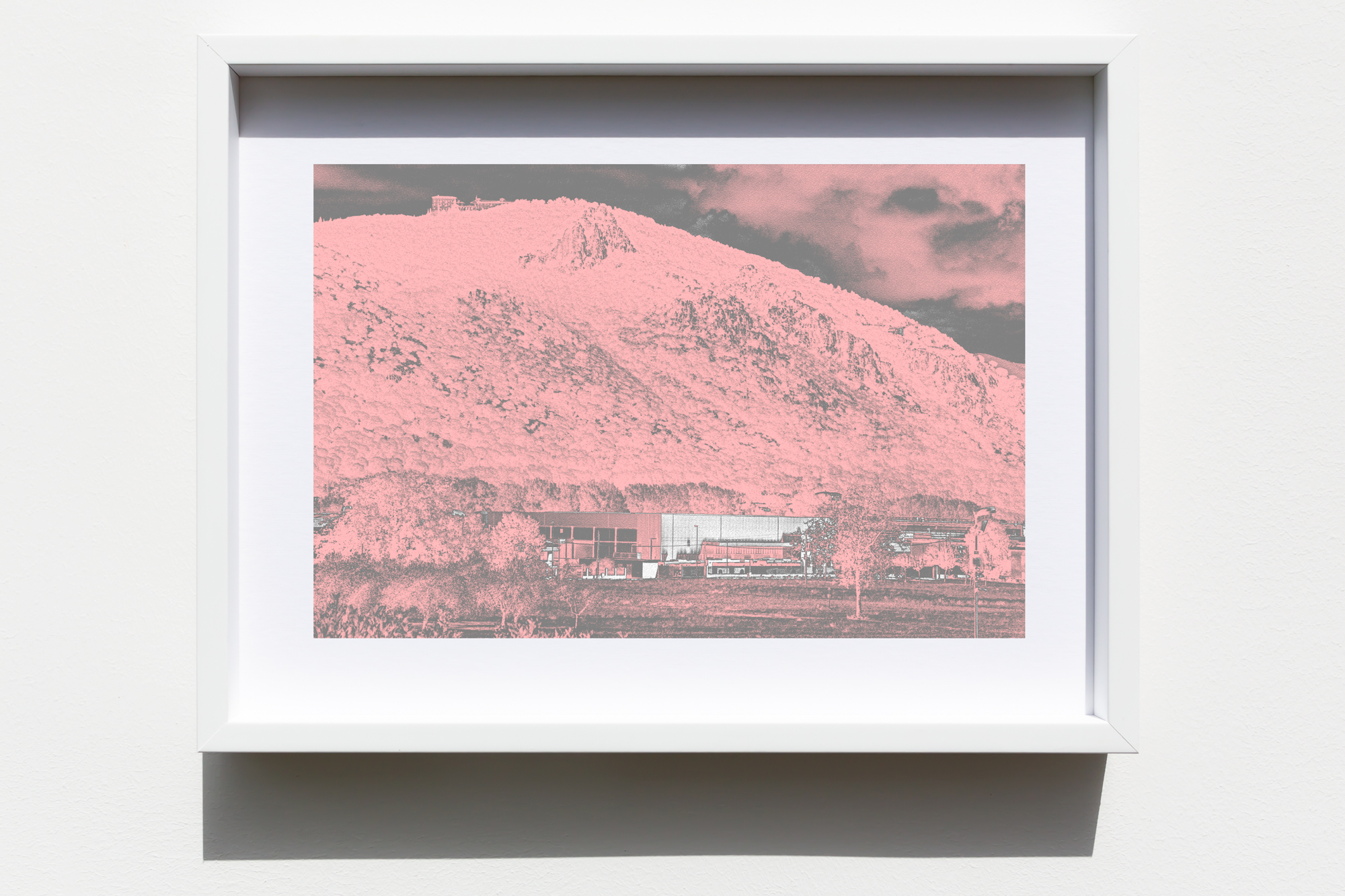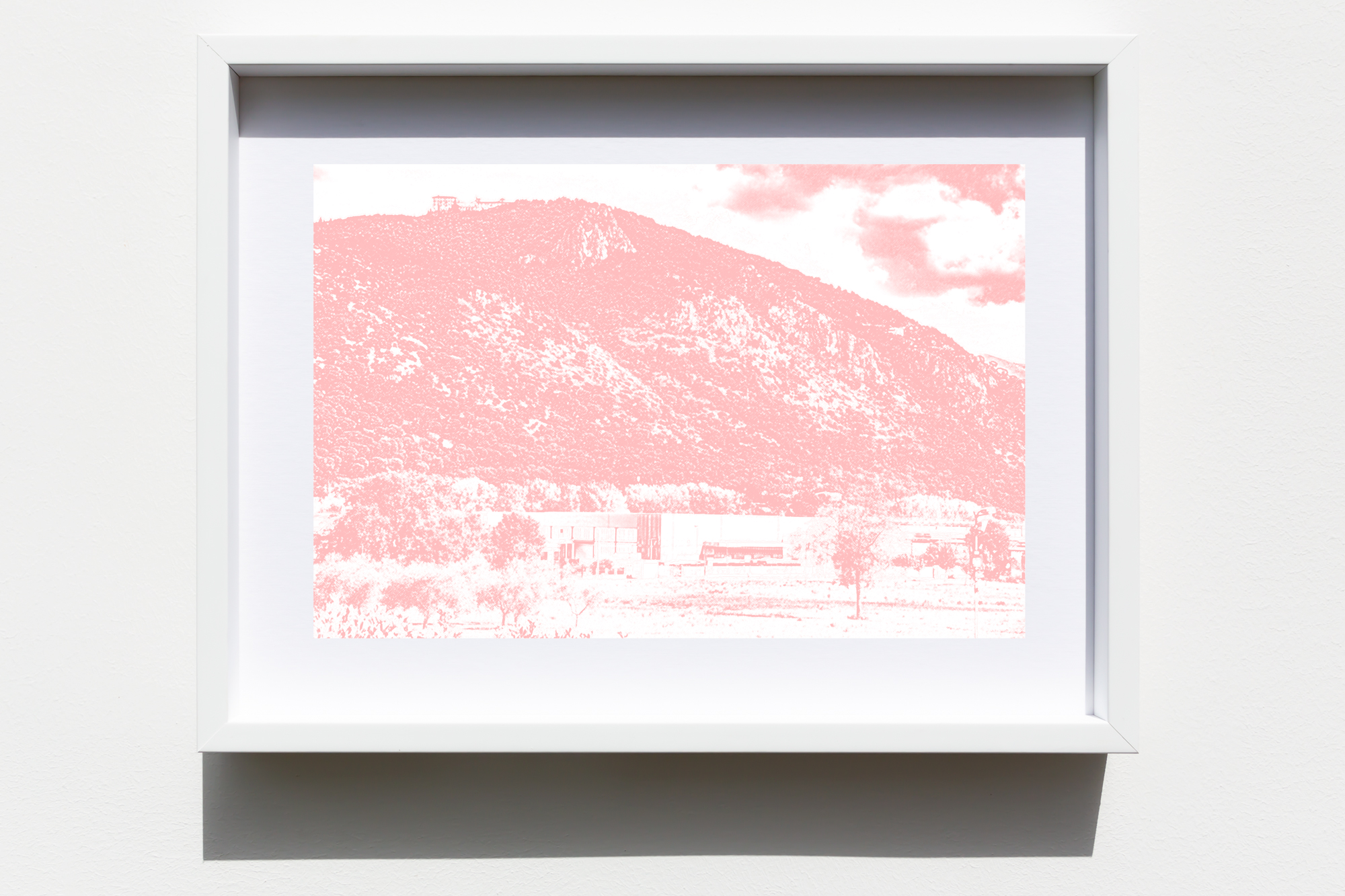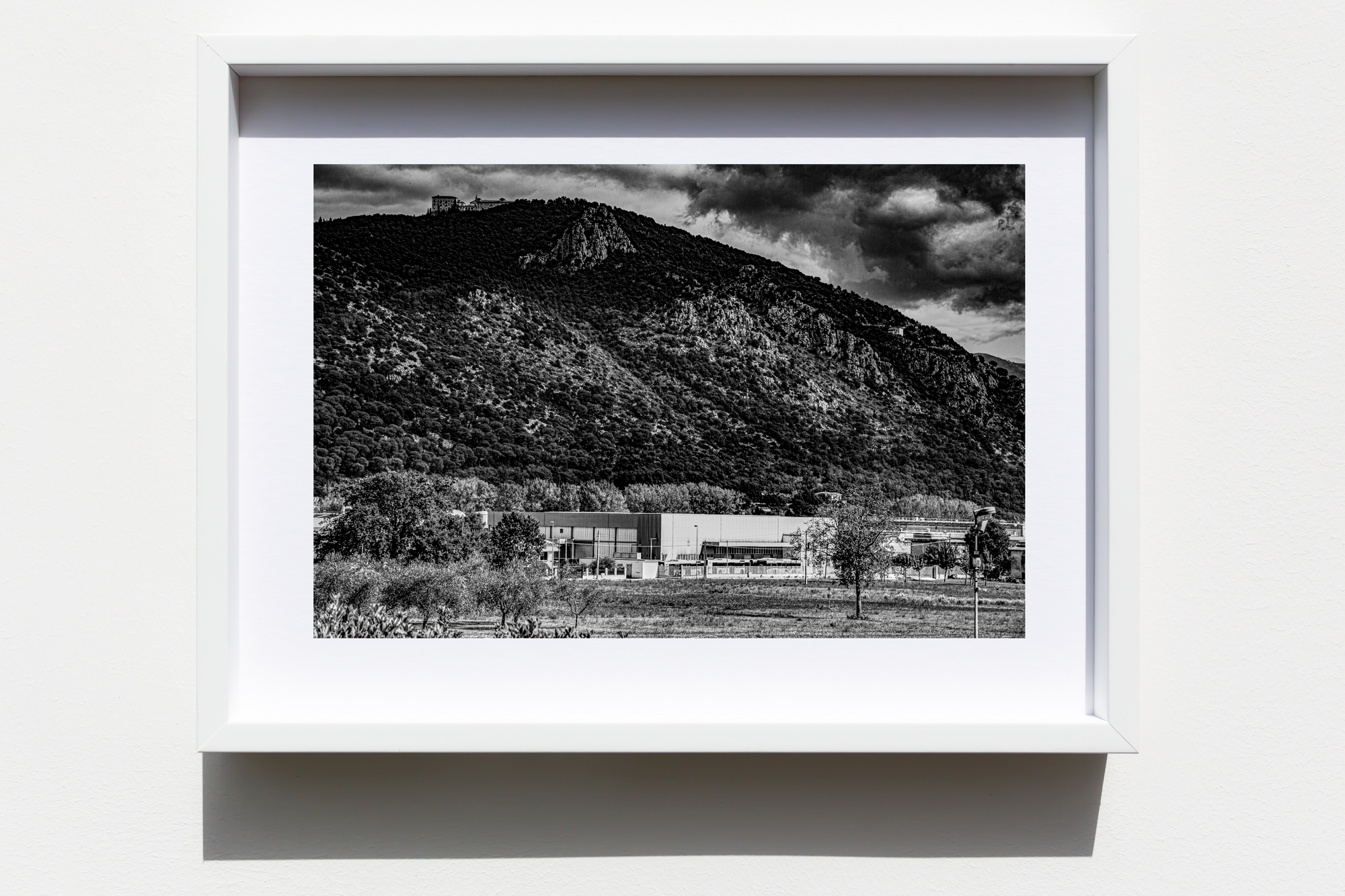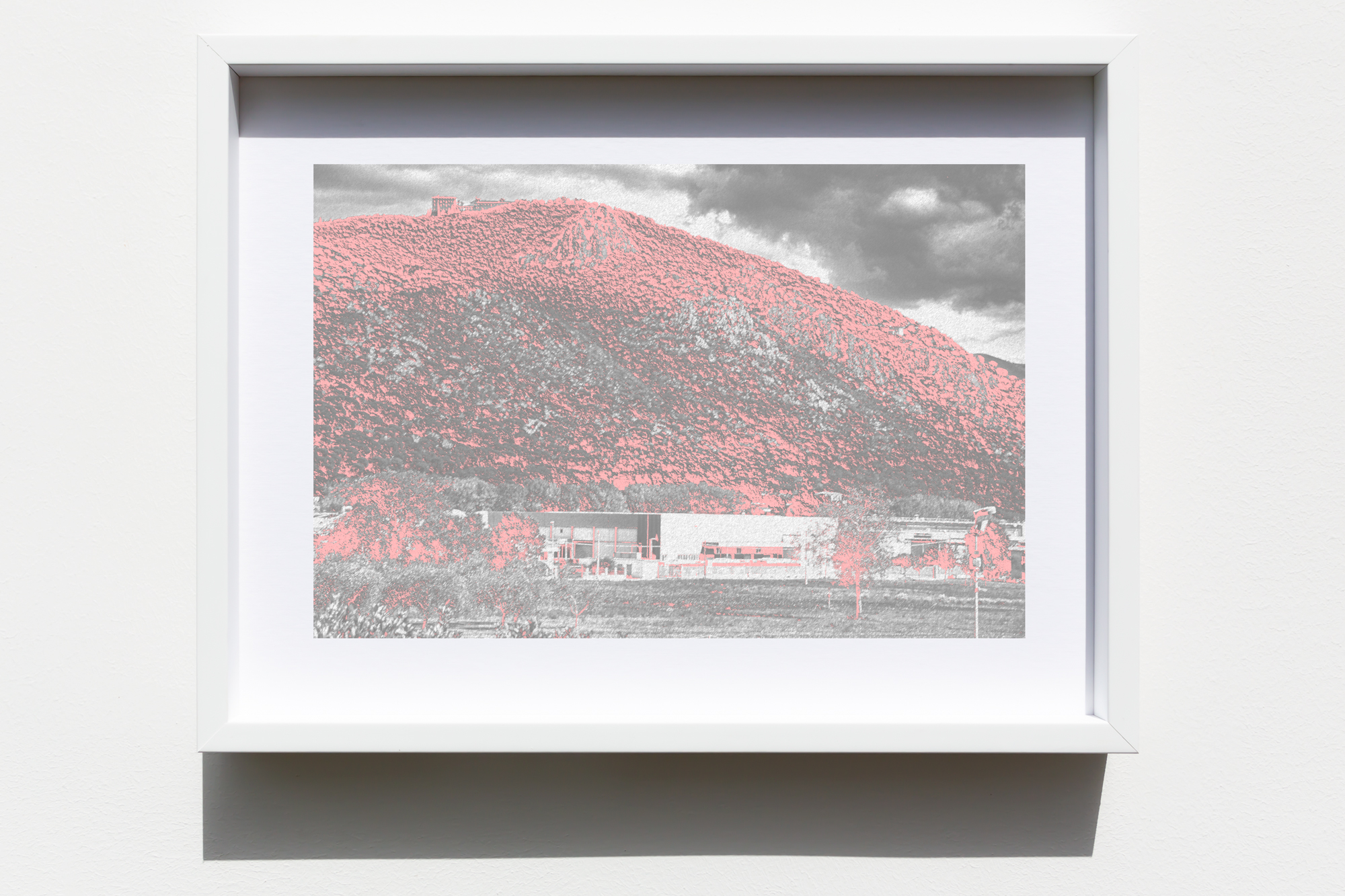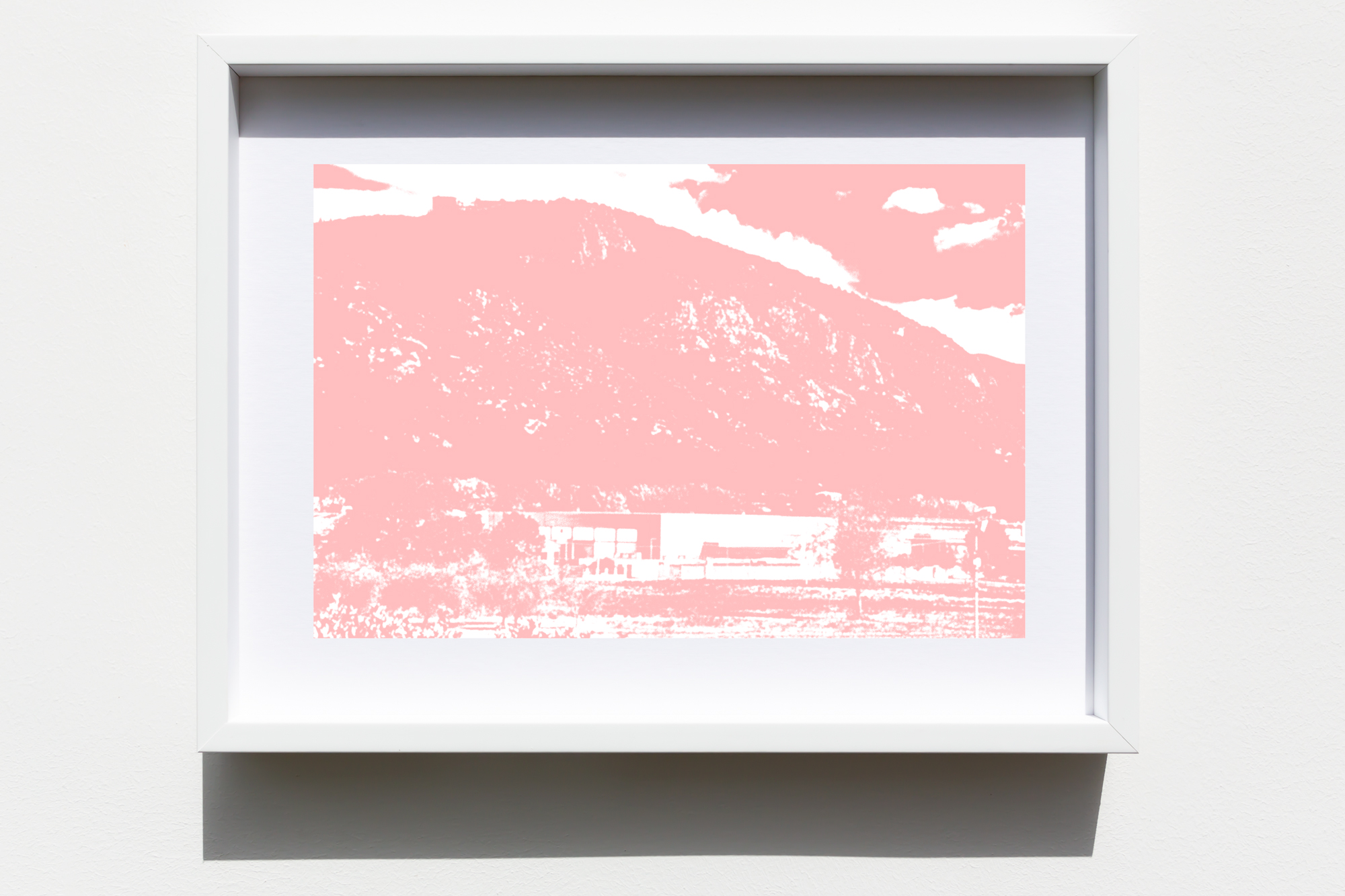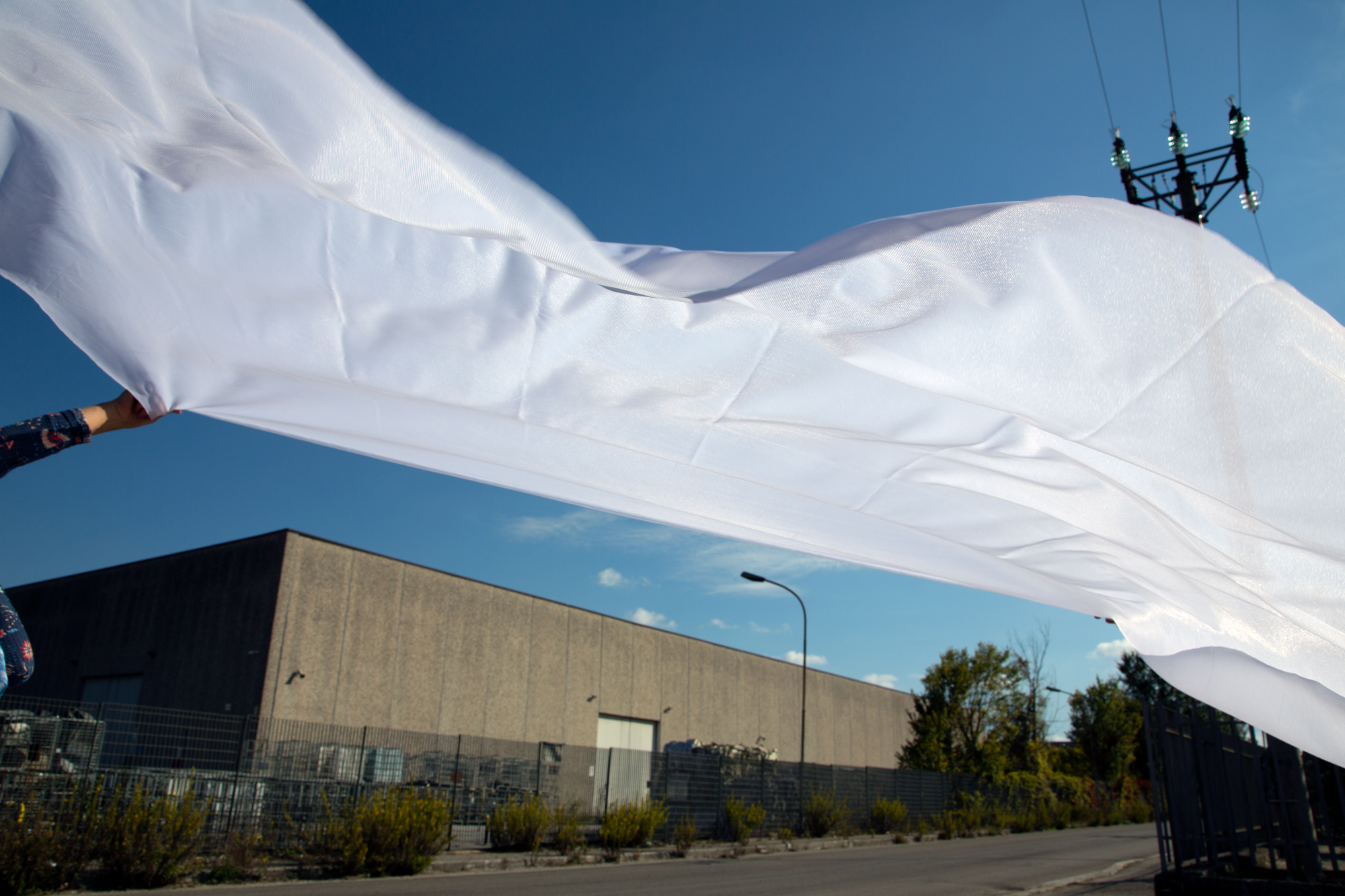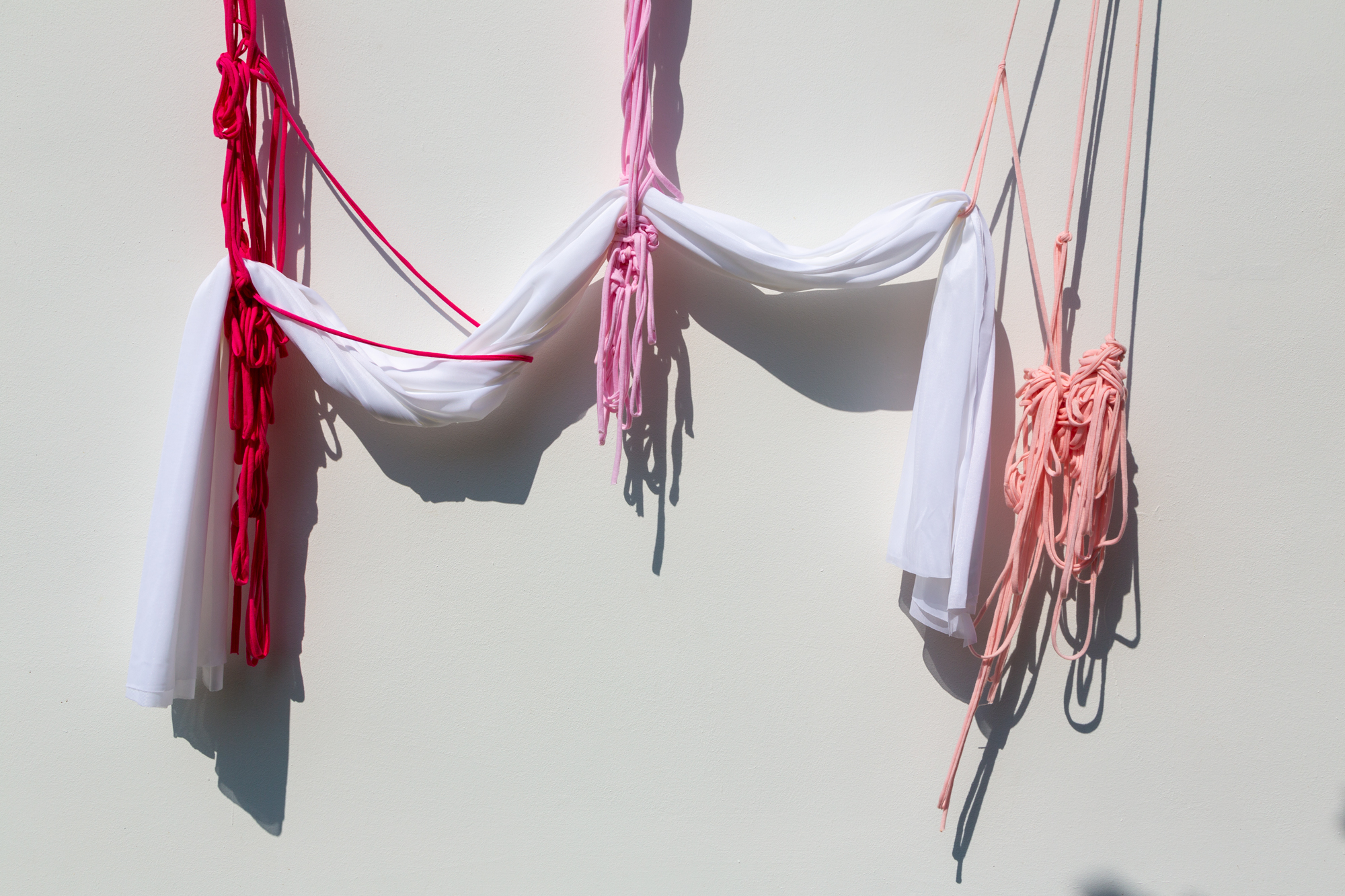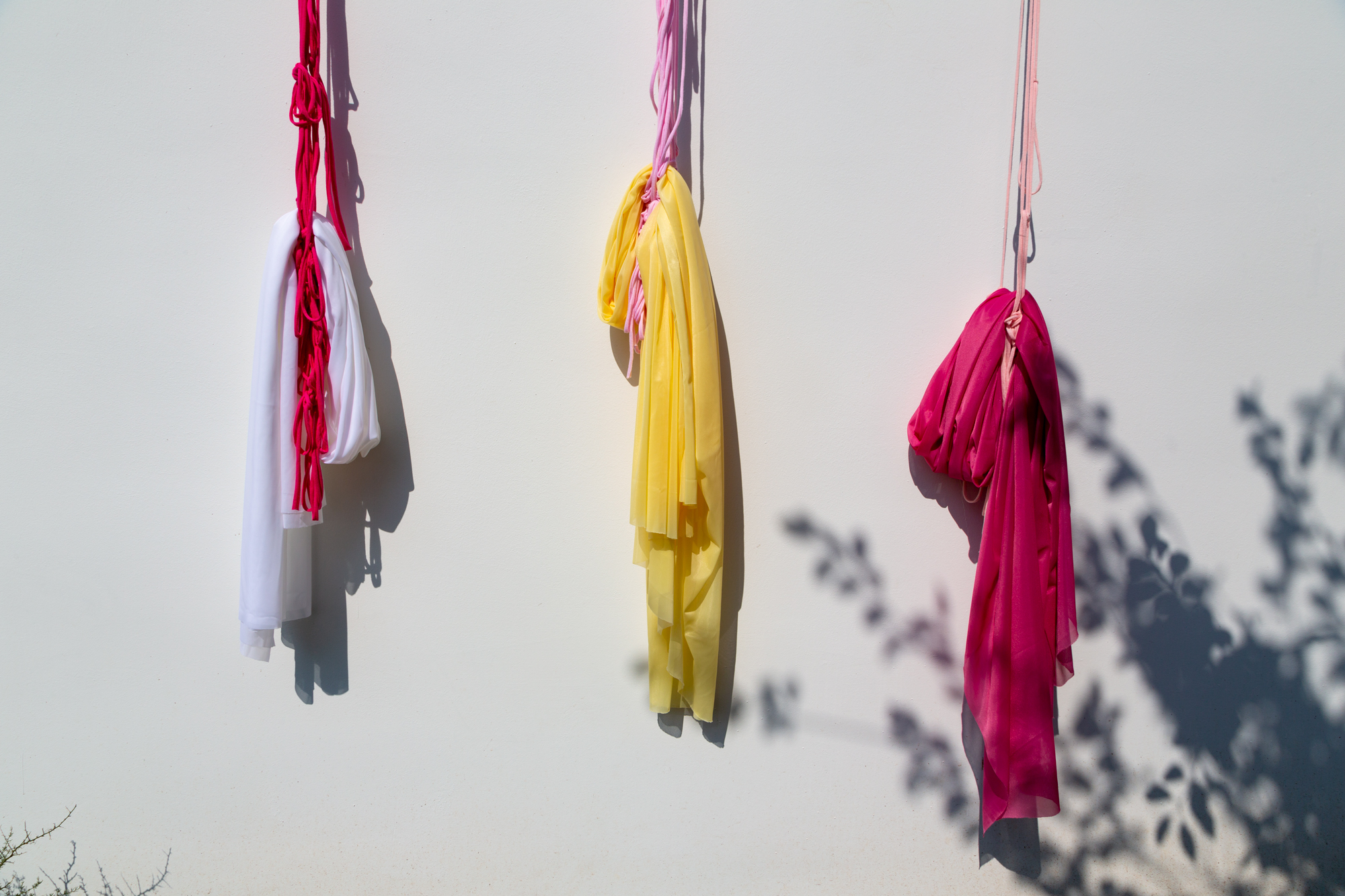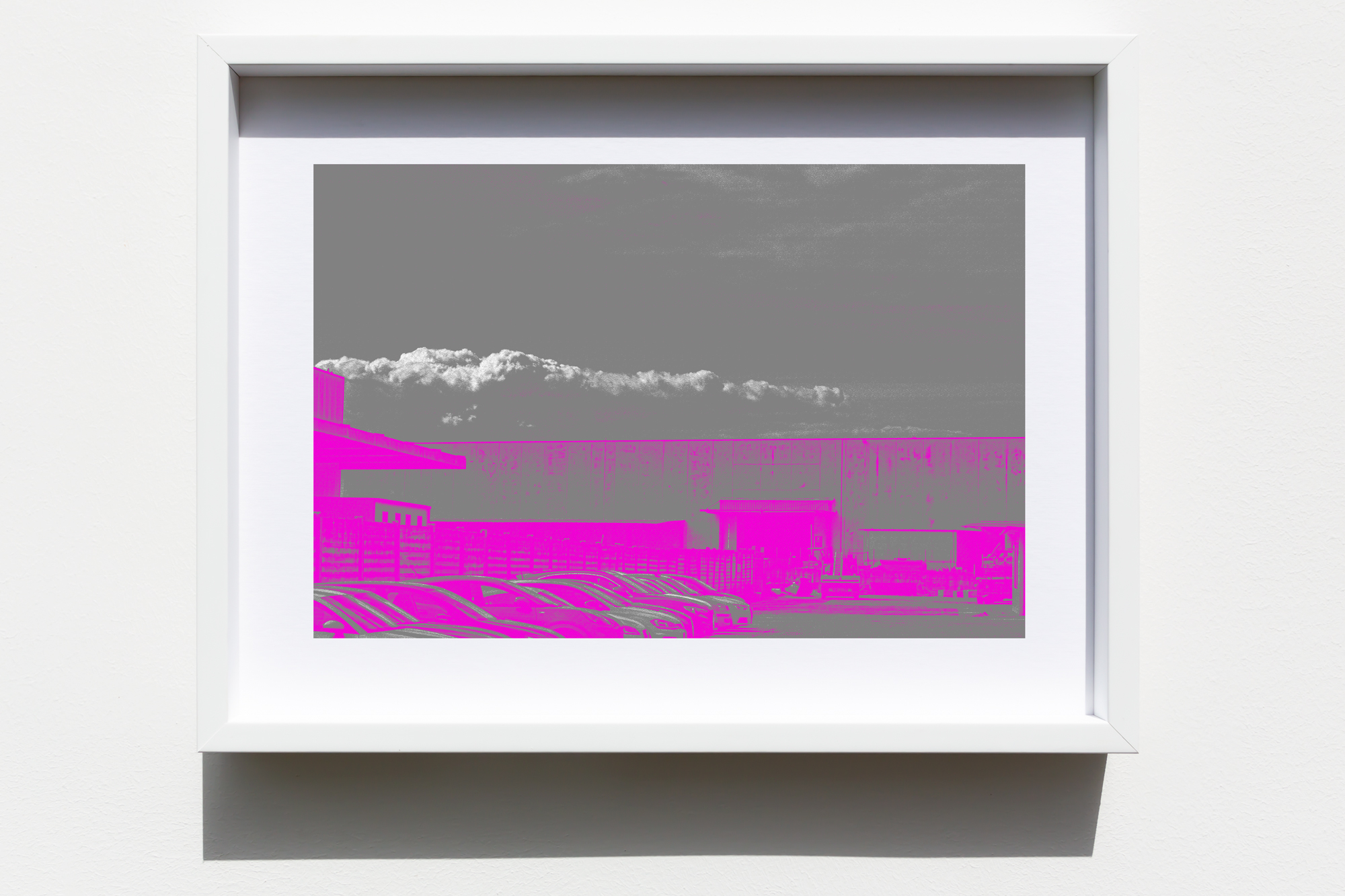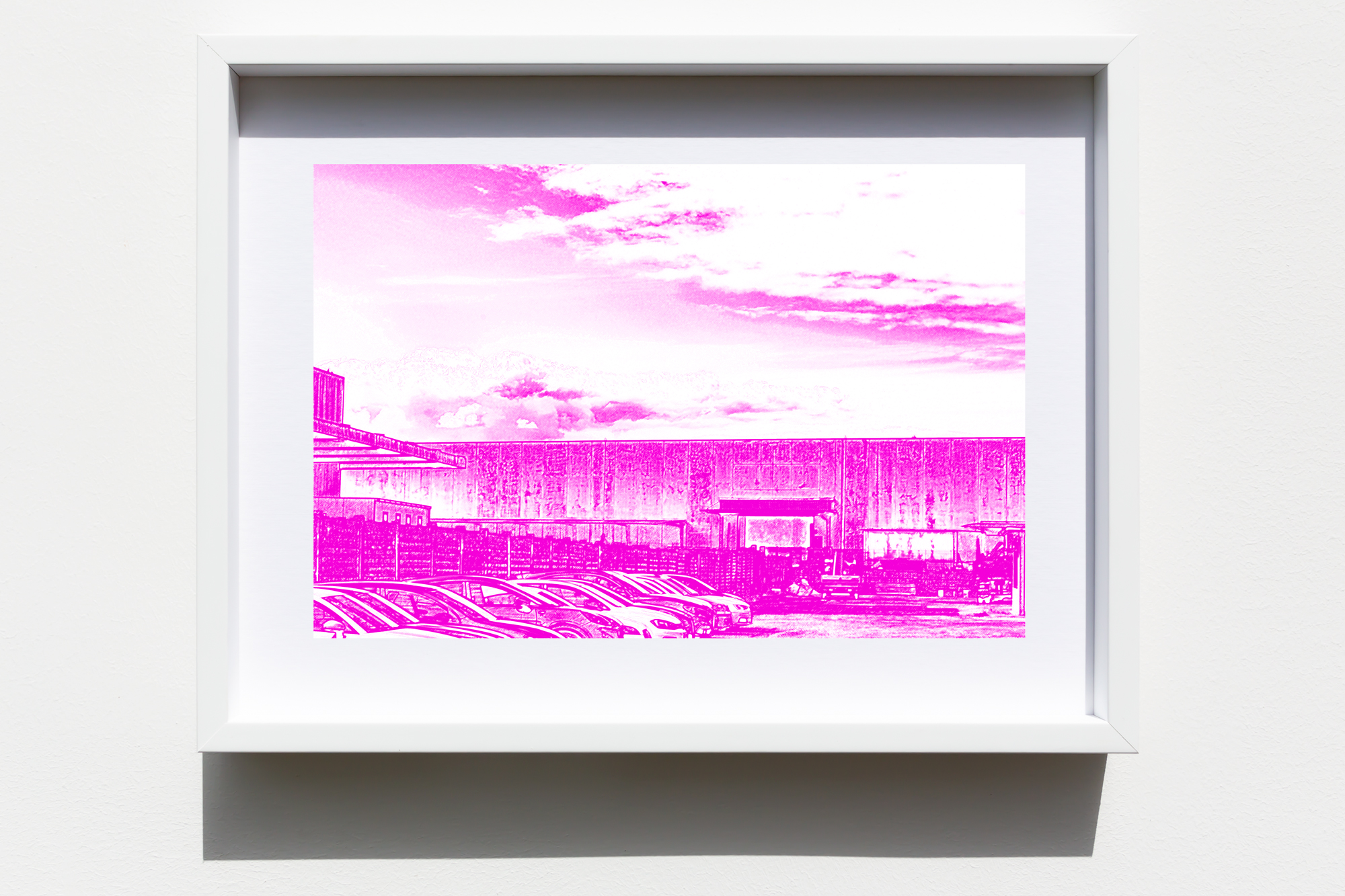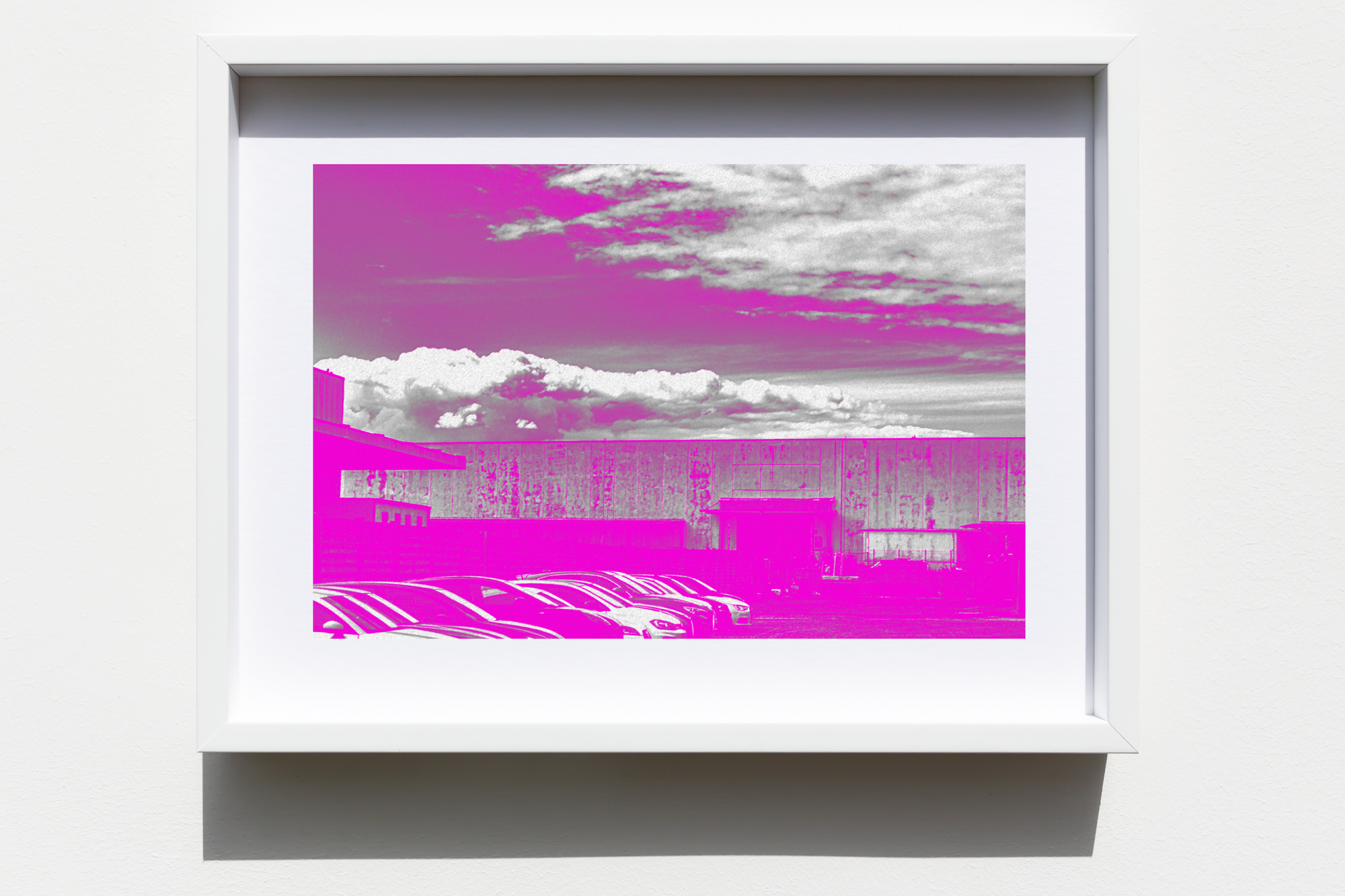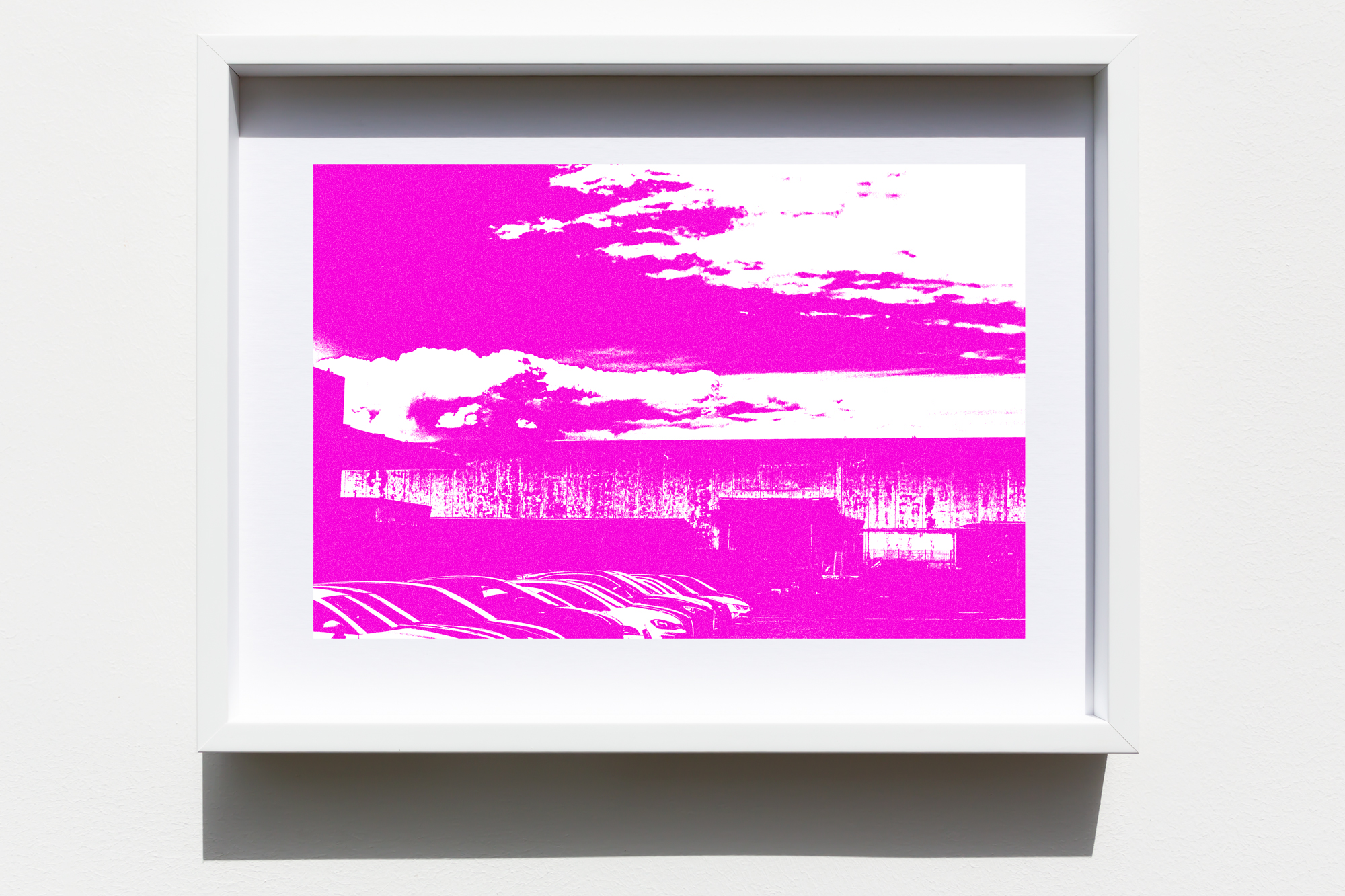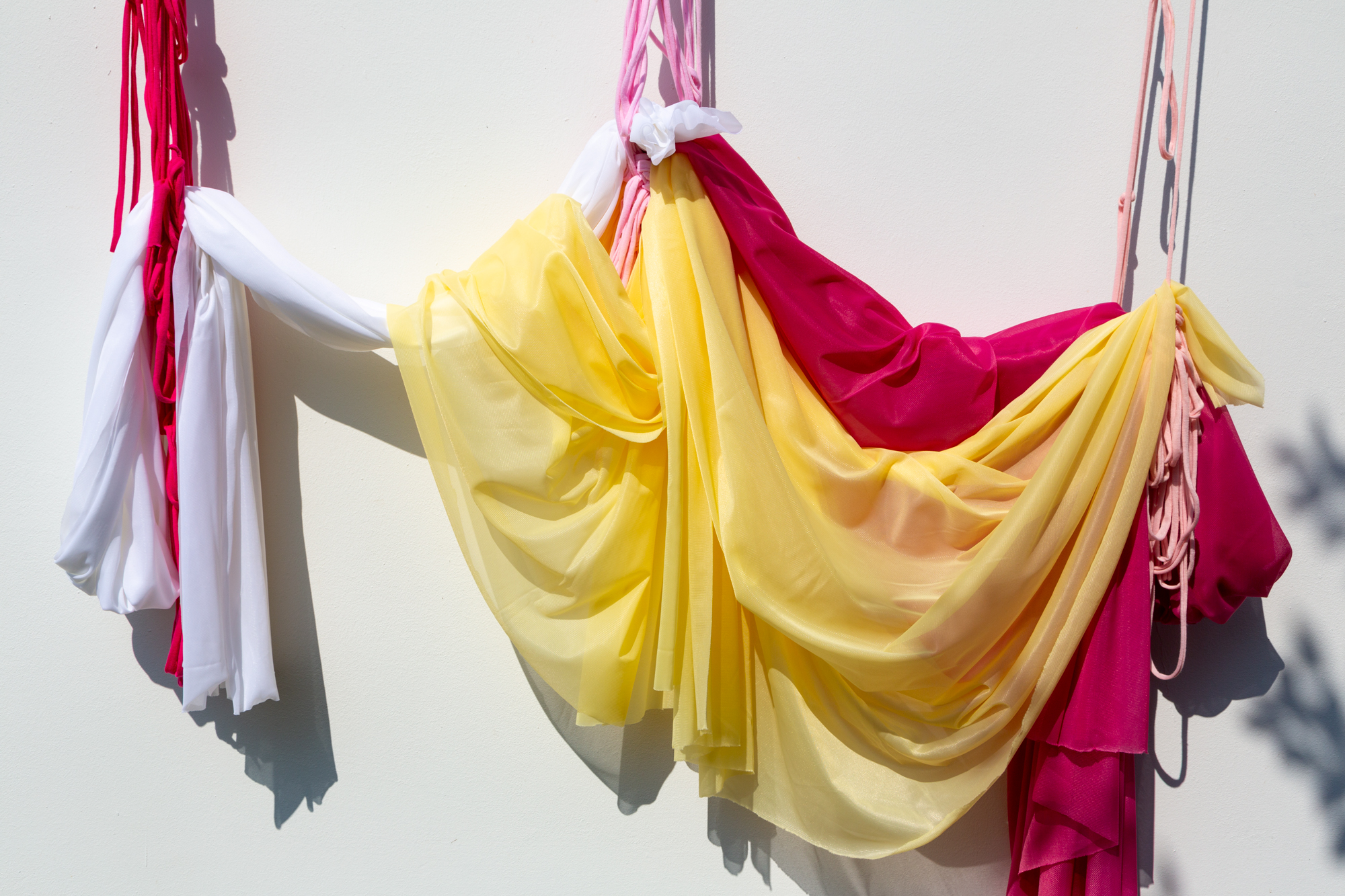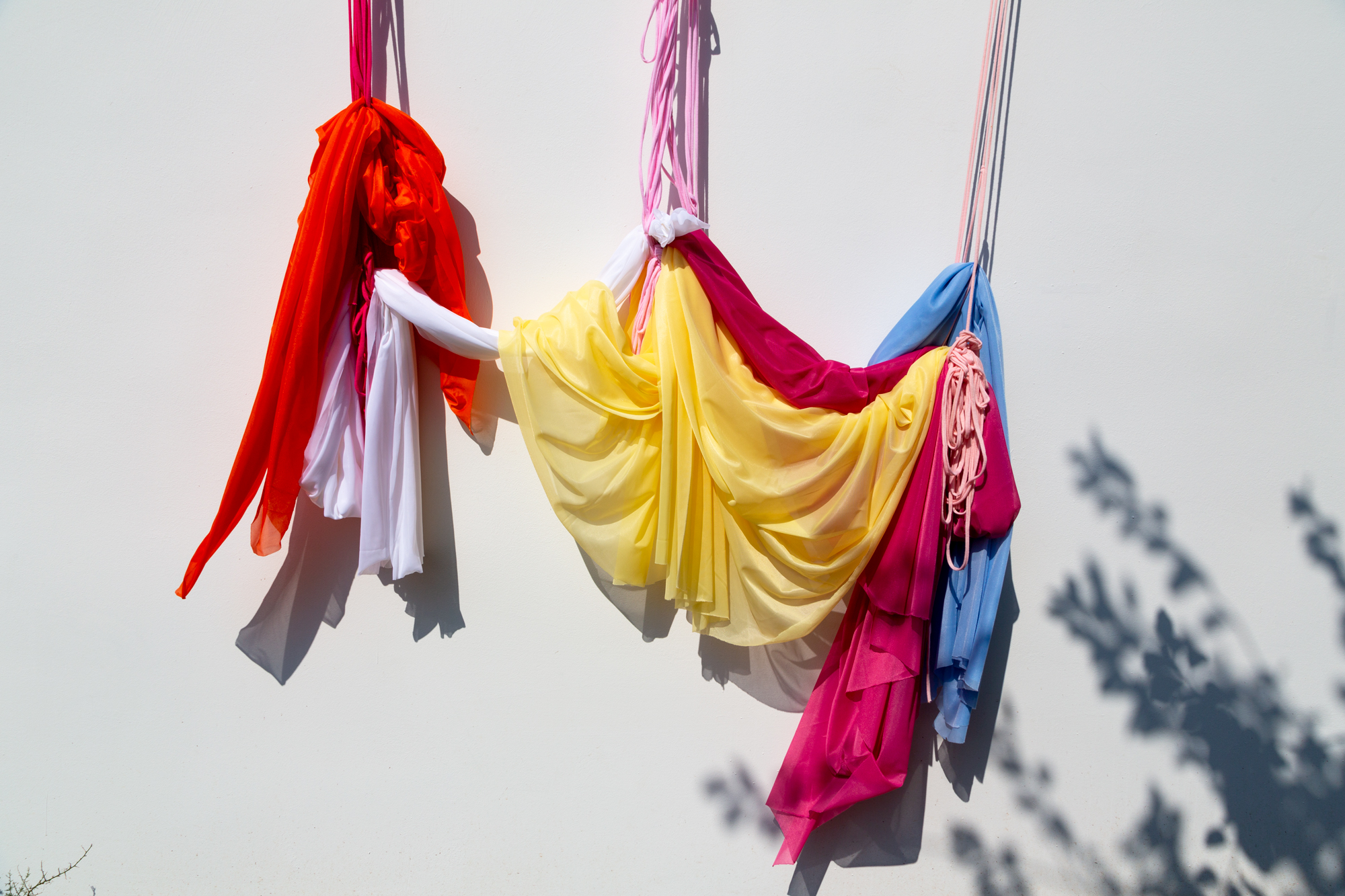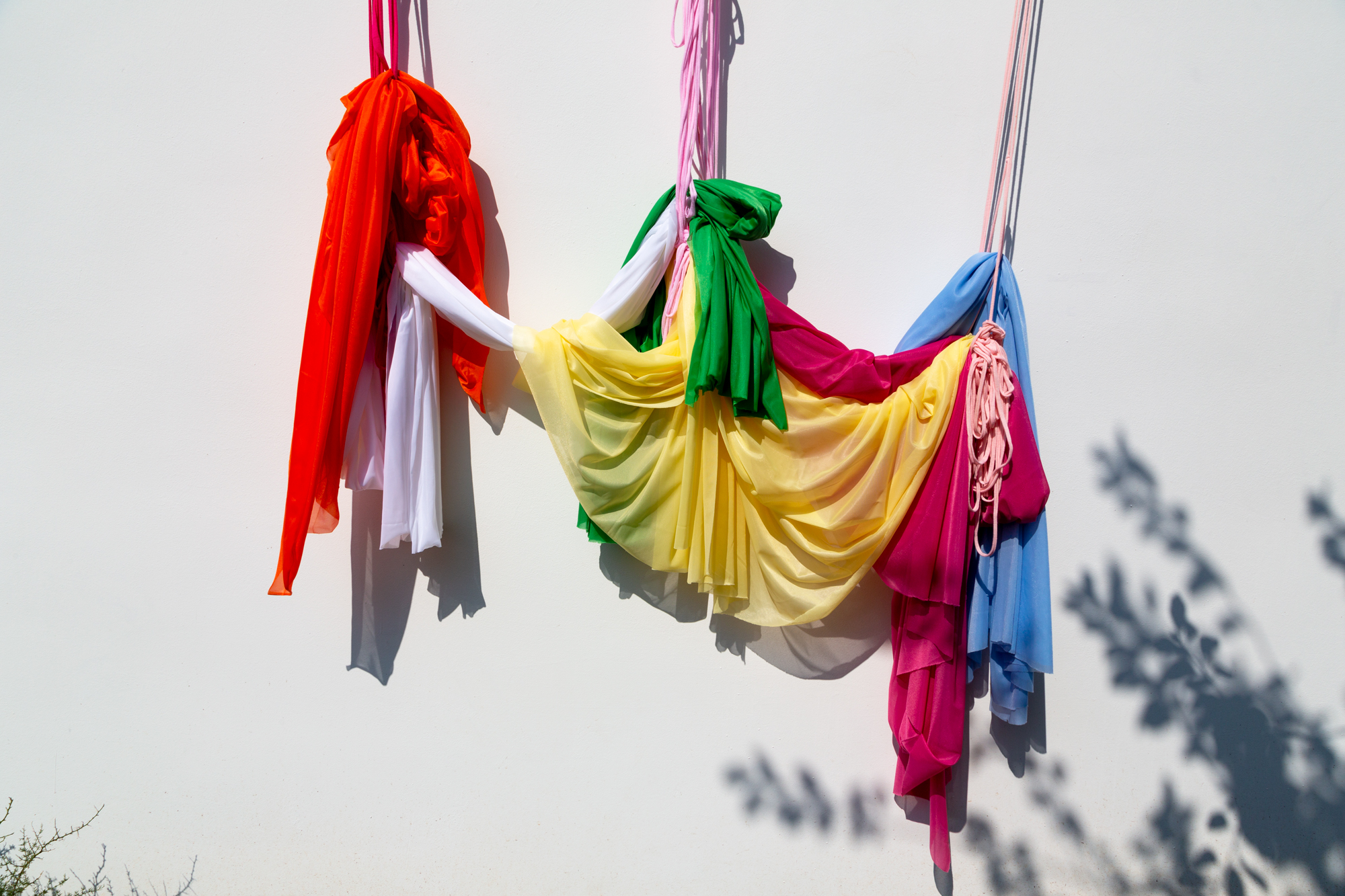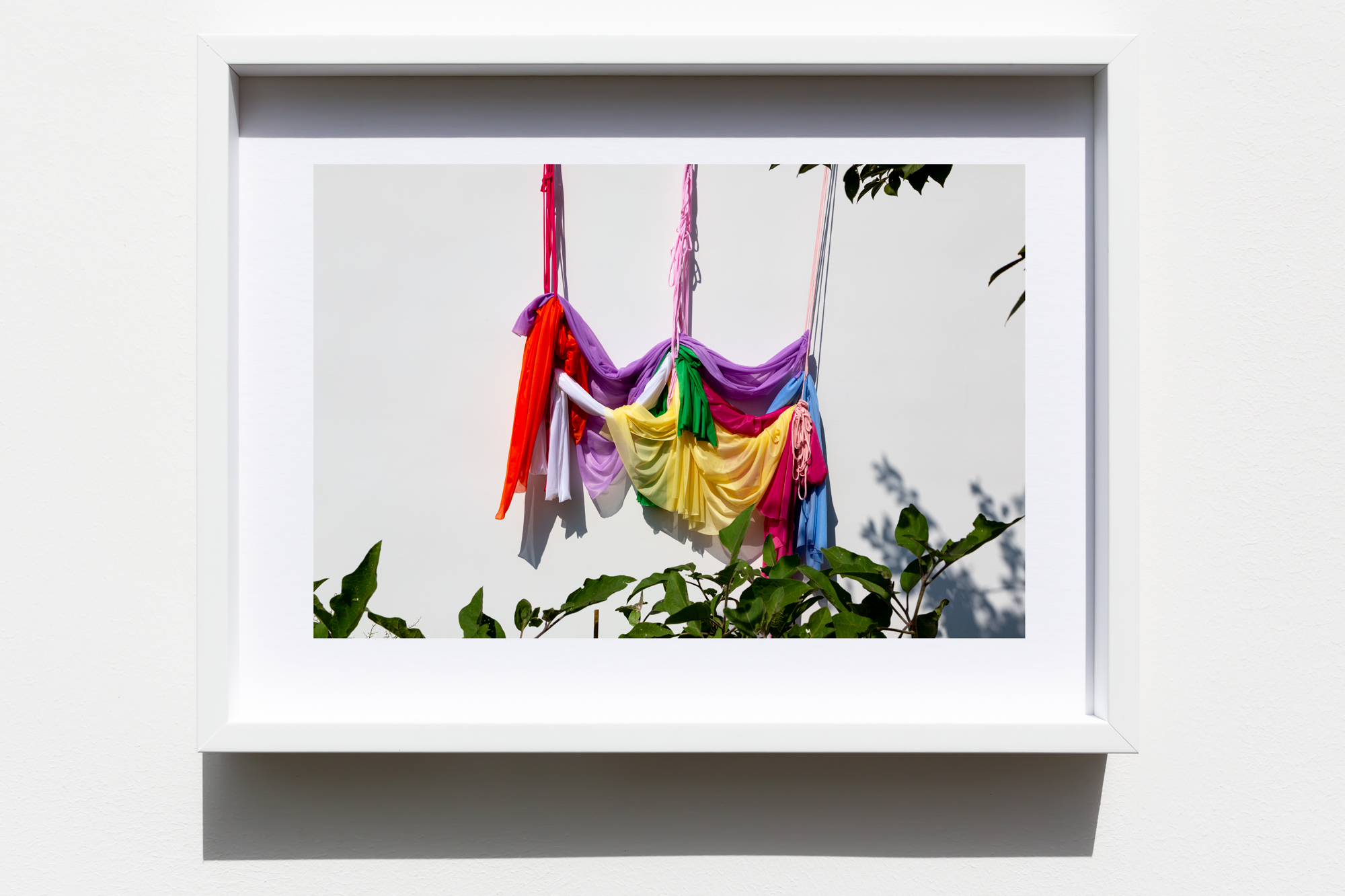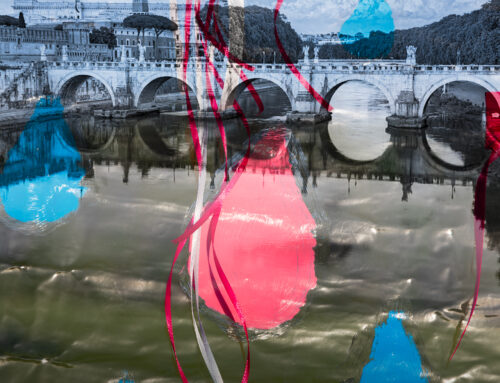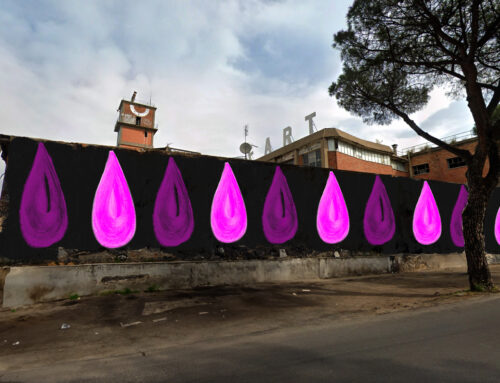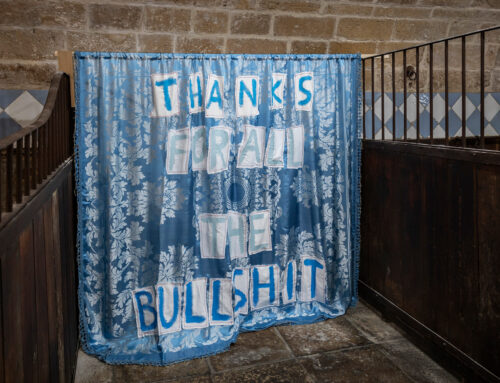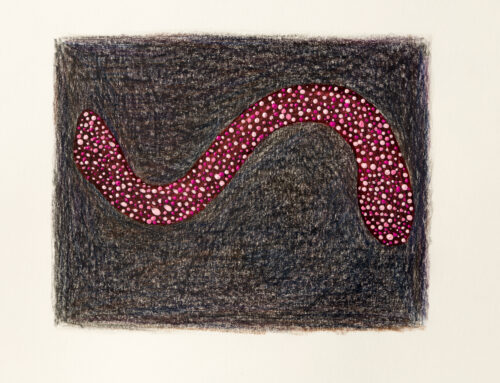“DEATH IS THE VEIL WHICH THOSE WHO LIVE CALL LIFE; THEY SLEEP, AND IT IS LIFTED.”
PROMETHEUS UNBOUND, PERCY BYSSHE SHELLEY
Seven Veils is one of ten sections of Lanfranco Aceti’s installation titled Preferring Sinking to Surrender which was conceived by the artist for the Italian Pavilion, Resilient Communities, curated by Alessandro Melis for the Venice Architecture Biennale, 2021. The ten sections are: Tools for Catching Clouds; Preferring Sinking to Surrender, Part I; Preferring Sinking to Surrender, Part II; Sacred Waters; Le Schiavone; Orthós; Seven Veils; Signs; Rehearsal; and The Ending of the End. These sections, singularly and collectively, create a complex narrative that responds to this year’s theme How Will We Live Together? set by Hashim Sarkis, curator of the 17th Venice Architecture Biennale.
The works of art — realized as a series of performances, installations, sculptures, video, and painting contributions — are part of the installation at the Italian Pavilion from May 21, 2021, to November 21, 2021, the opening and closing dates of the Venice Architecture Biennale.
Seven veils of seven different colors characterize this section with a series of public performances and documentation of sites of industrial pollution and degradation. The veils, with their multilayered set of meanings and histories, are the haze that block our vision but not our understanding of the reality partially hidden behind them. They dance in the wind to disguise and deceive the gaze of those who are easily distracted. The veil is at the center of this particular section as a materially simple element, a multifaceted mirror of complexities, and inherited histories. It is used to hide and at the same time to reveal a reality of suffering too strong for the naked eye. It covers and uncovers, focuses and distracts, untangles and muddles.
Seven veils of seven different colors placed in seven different places to signpost loci of pollution, corruption, and environmental destruction. The veils denude the shiny encrustations of excuses, justifications, pretenses, and dissimulations. They point at the ontology of what is and make no arguments or excuses, but let what is visible be there.
The artist makes of the pitying veil — a veil that is mercifully placed upon the dead — a signpost placed upon the land because the passions and suffering aroused by the empathy and the sense of loss are too unbearable to see and to behold. Escaping suffering and evil has delivered us in the hands of a world of heartless rationalist and liberalists in which the autonomous will is also the road to segregation and separation from all that is communal, from a common destiny, and from a common Magna Mater.
Image Captions:

